15 must-shoot British landmarks and where to photograph them from
With National Photo Week taking place in the UK this week, we find the best places to photograph 15 iconic British landmarks in London and beyond
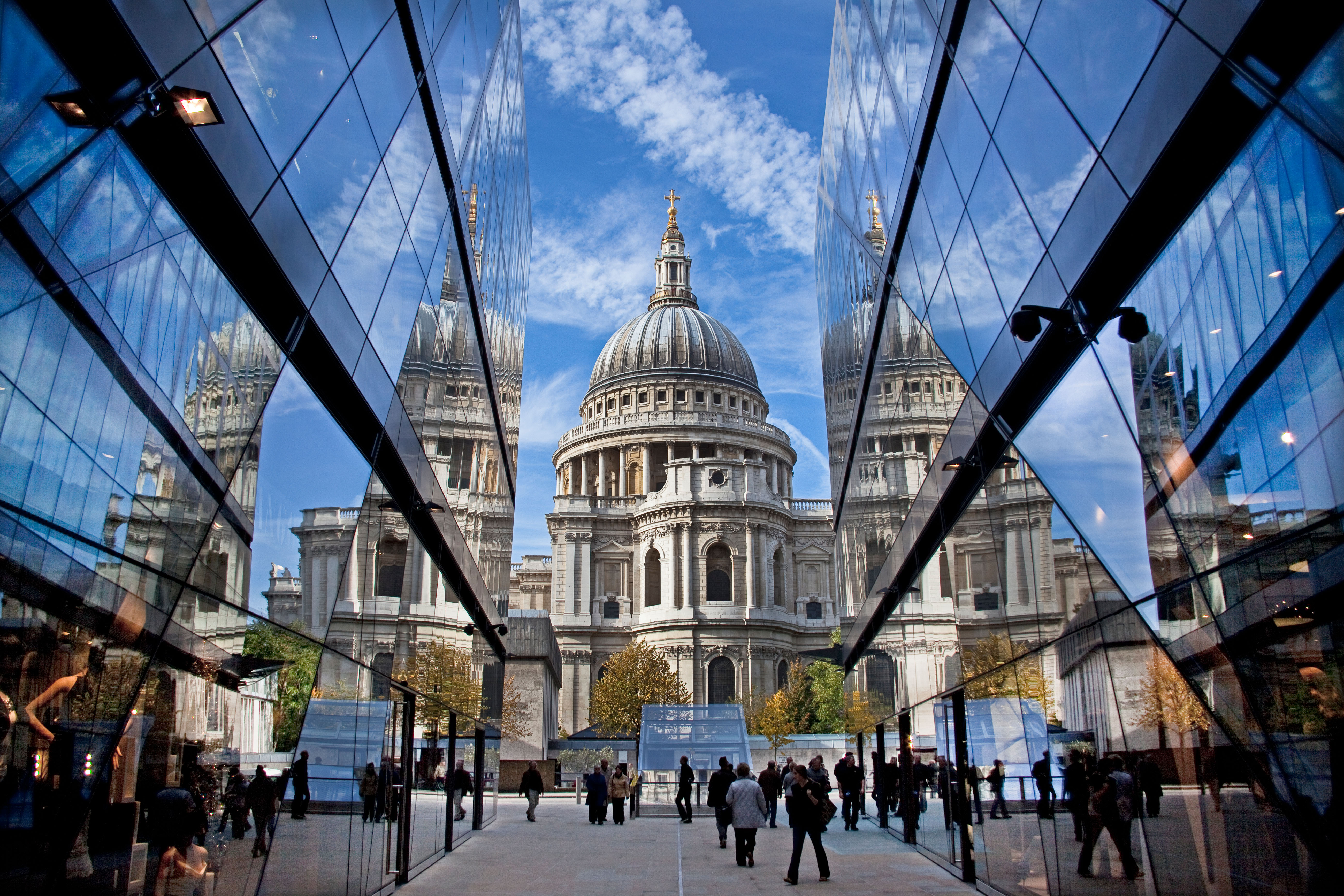
Whether you’ve visited Big Ben, the Shard or Stonehenge, it’s almost a certainty in 2019 that you will have snapped a photo of it. However, when visiting some of these landmarks, it can be hard to know where exactly is best to take your shot. Is there a vantage point you don’t know about that frames the location in question in all its glory? Or have you seen a photo someone else has taken of the landmark and wondered where they were to get that angle?
Wonder no more, as Premier Inn has team up with professional photographer Daniel Lewis to reveal some of the very best places for photography at 15 of Britain’s most popular landmarks…
1) The London Eye, London
Since being officially opened on 31 December 1999, the London Eye has become synonymous with the London skyline, and of course, photos of the capital.
To get photos that stand out from the crowd though, try shooting from across the river at Horse Guards Parade.
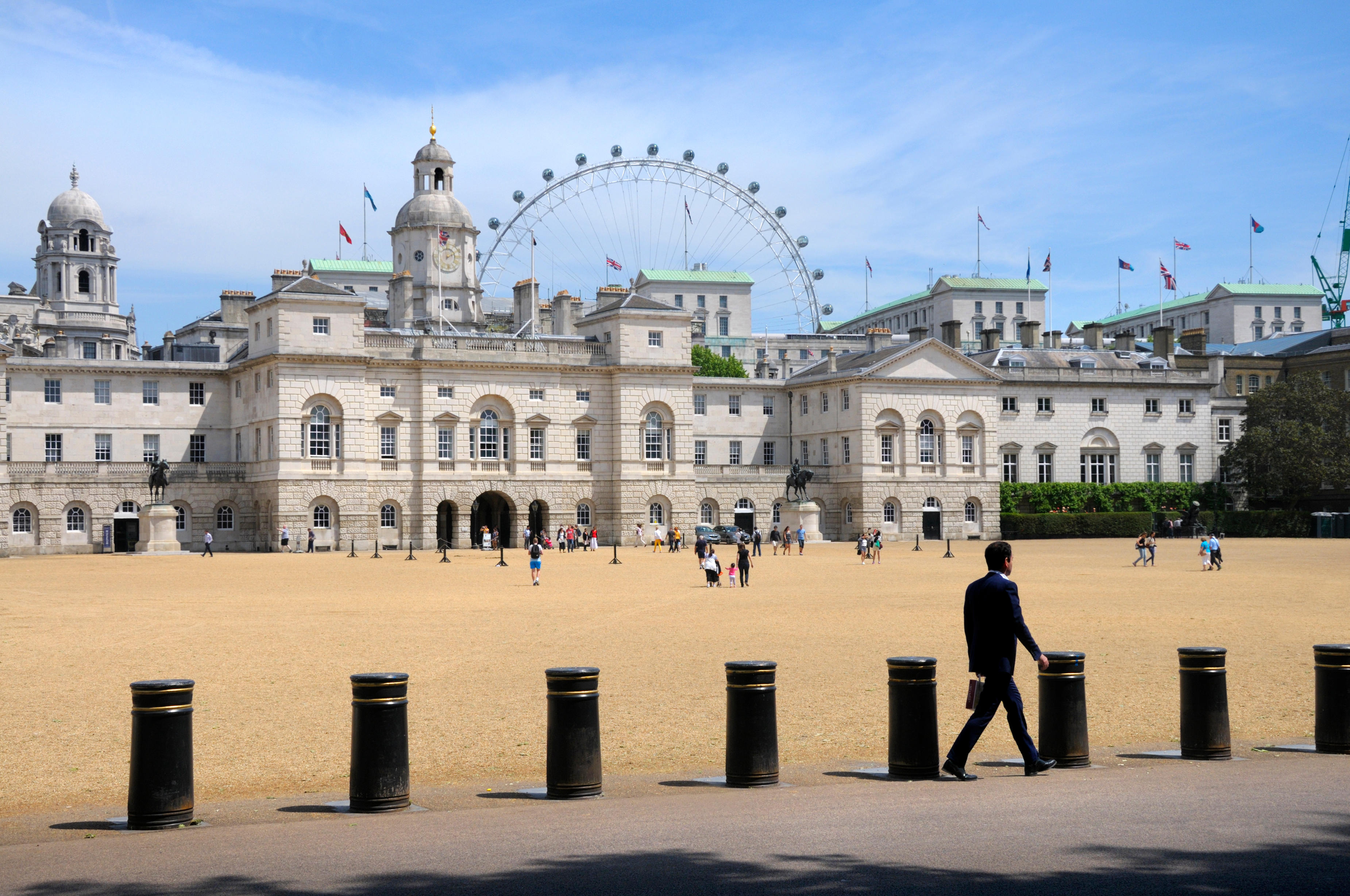
Shots of the London Eye don’t need to include the entire wheel, but can be a lot more effective when they partner the historical architecture of the city, with the glass capsules of the Eye. Head to Whitehall for this photo of London both new and old.
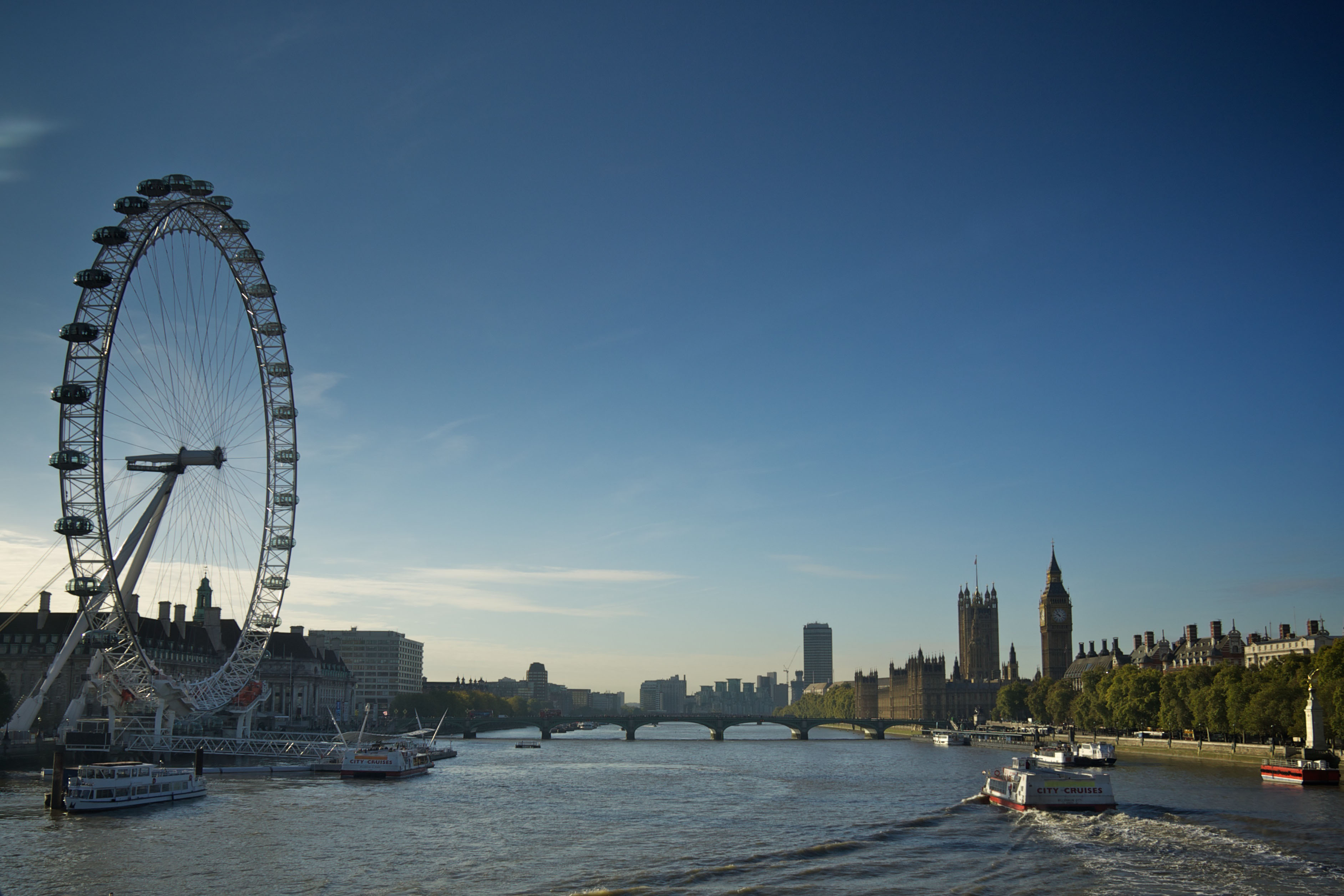
When visiting a city like London that has so many landmarks, you want a photo that gets as many of them in the frame as possible. For two of the most popular, the London Eye and Big Ben, this is made possible by standing on the Golden Jubilee Bridge! With the River Thames taking centre stage, Big Ben on the right and the Eye on the left.
2. Stonehenge, Wiltshire
This megalithic monument and World Heritage Site is shrouded in ancient mystery. Erected around 2500 BC, being able to visit such a fascinating site means you’ll want to get the best shot:
Get the Digital Camera World Newsletter
The best camera deals, reviews, product advice, and unmissable photography news, direct to your inbox!
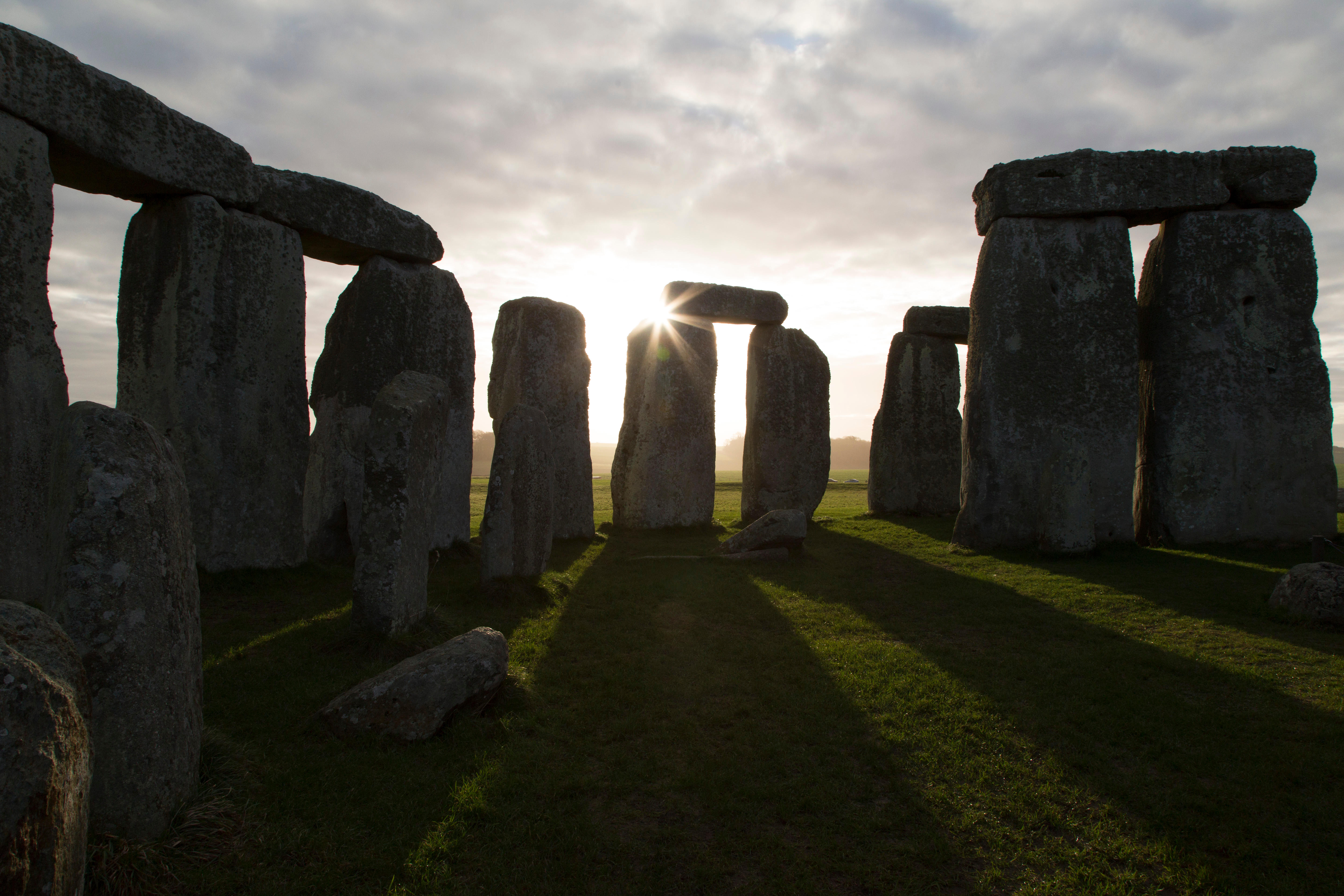
The closest you can get to the stone in public opening hours is around 10 yards away, but special access visits outside these hours allow you to go beyond the barriers and walk among the stones so you can get that all important inner circle photo.
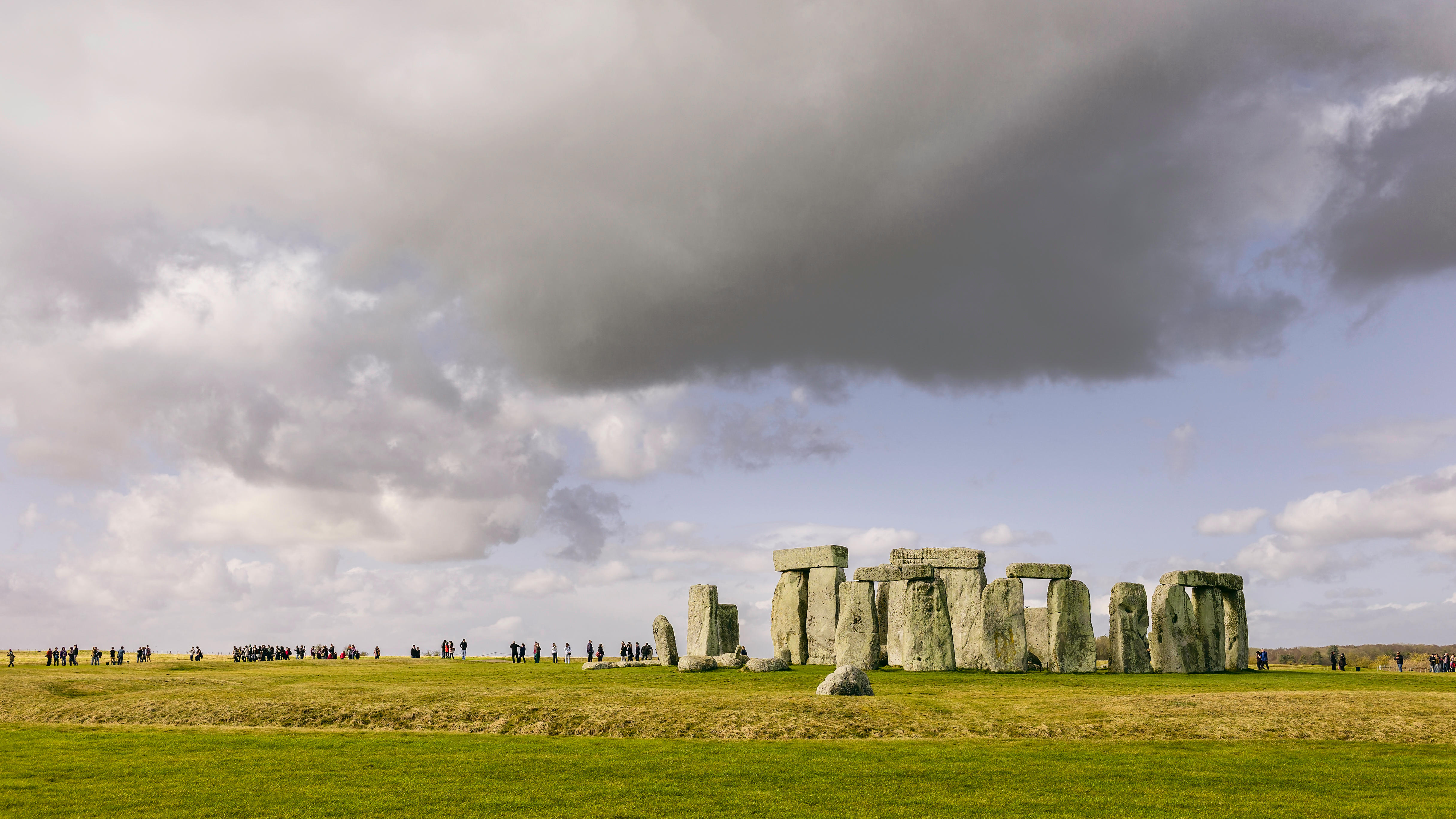
As with other large sites surrounded by land, gaining some perspective by including people within the shot is a good idea. Part of Stonehenge’s charm is the mystery surrounding how the stones were gathered with no engineering help, so a size comparison helps to illustrate this.
3. Buckingham Palace, London
Buckingham Palace has remained the official London residence of the UK's royals since 1837 and today is the administrative headquarters of the Monarch. The building raises the Royal Standard when The Queen is in residence, but when she’s not around, the standard is swapped out for the UK's national flag; great details to try and capture in a photo.
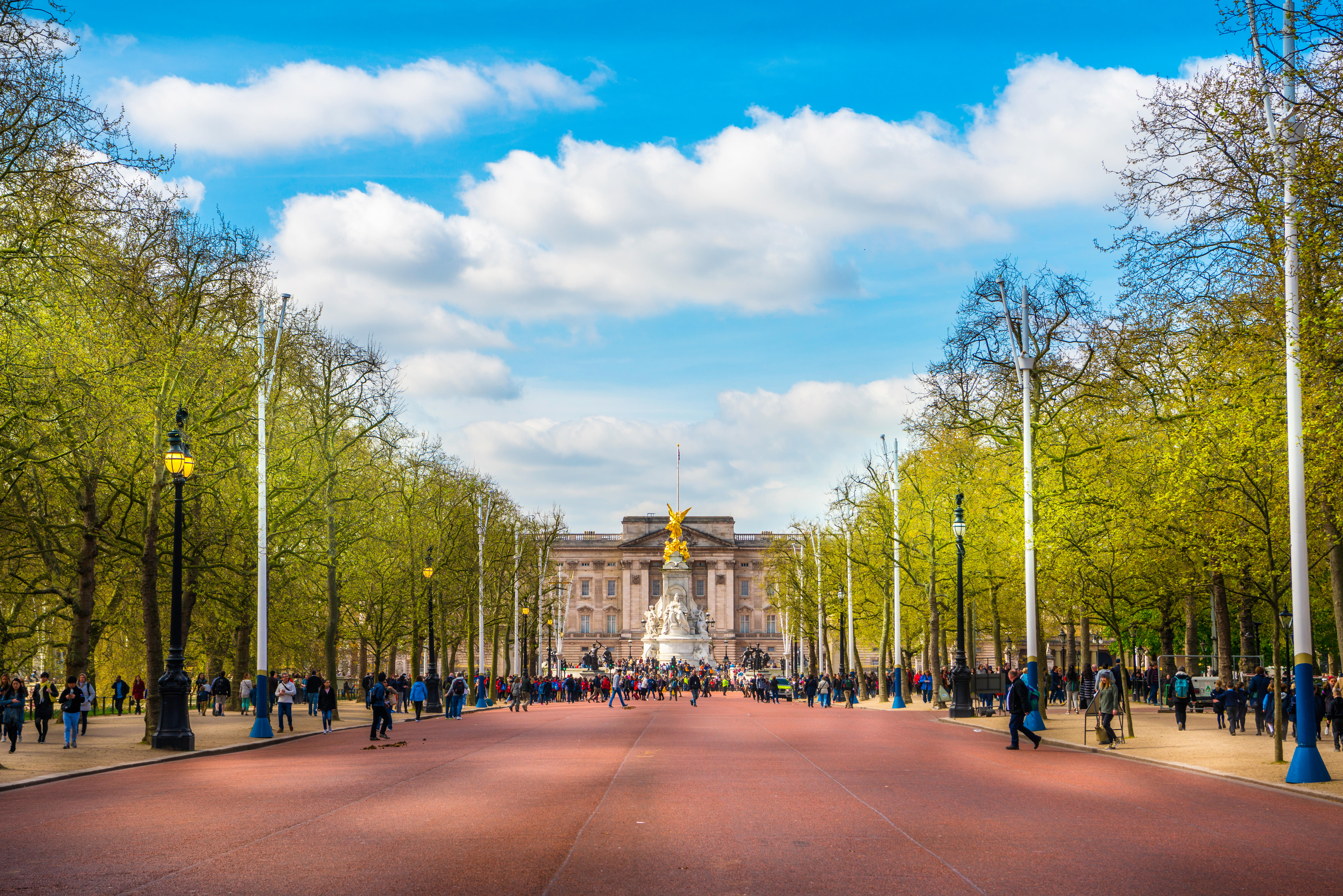
Head to The Mall to get that iconic, tree lined shot of the Queen Victoria Memorial and Buckingham Palace in the distance. The Mall is pedestrianised apart from for Royal occasions, so you’ll be sure to get a great photo whether you’re close up or far away.
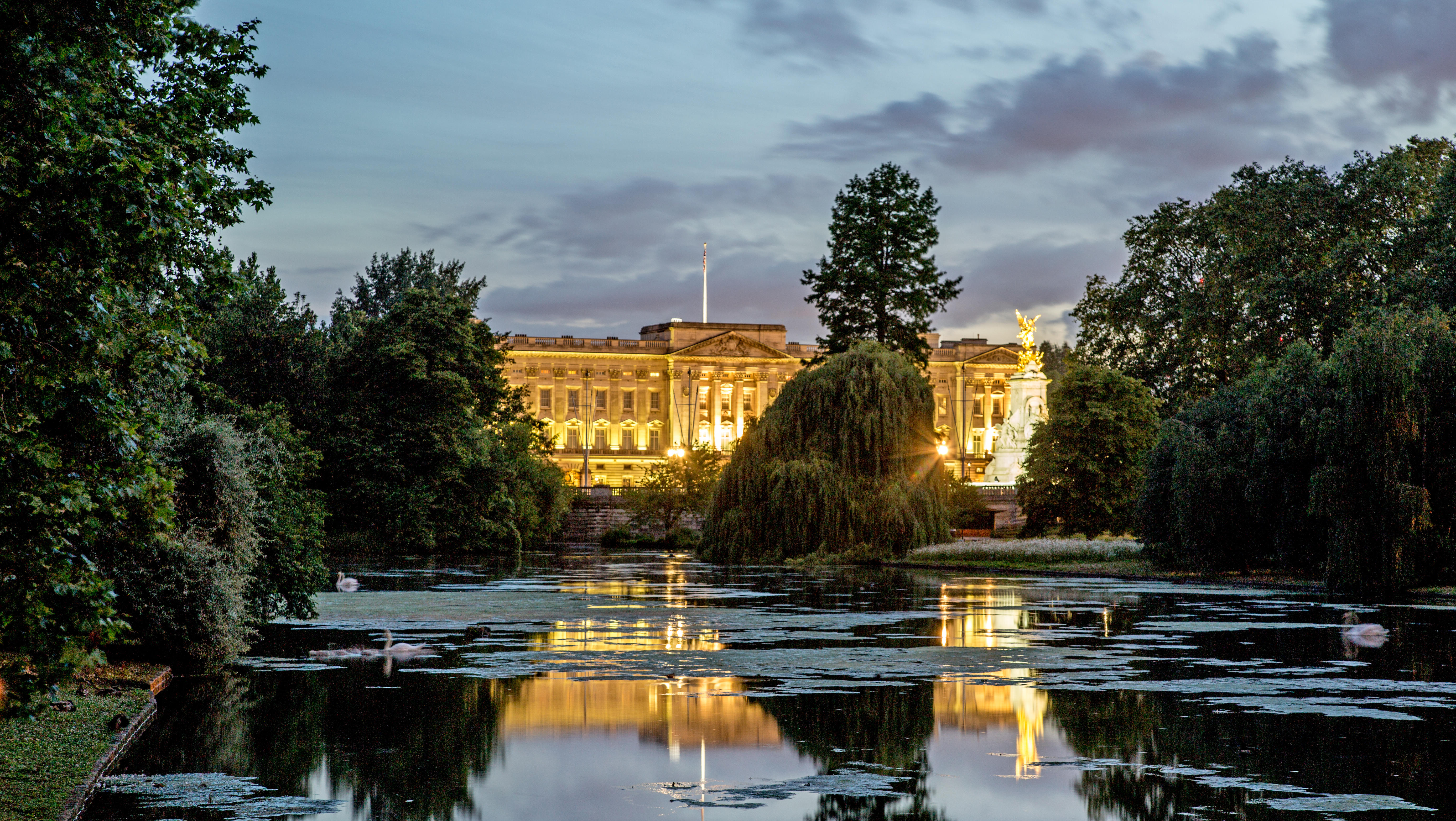
As with many of the other landmarks, veering away from a traditional head on shot can add atmosphere and perspective, as shown in this image of Buckingham Palace in the evening. The reflections on the pond in St. James Park add depth, and the clever positioning also captures the Queen Victoria Memorial through the trees.
4. The Shard, London
You will of course get some breath-taking views from within the building itself, but the design of the 95-storey super-tall skyscraper also lends itself to some great photography from the ground.
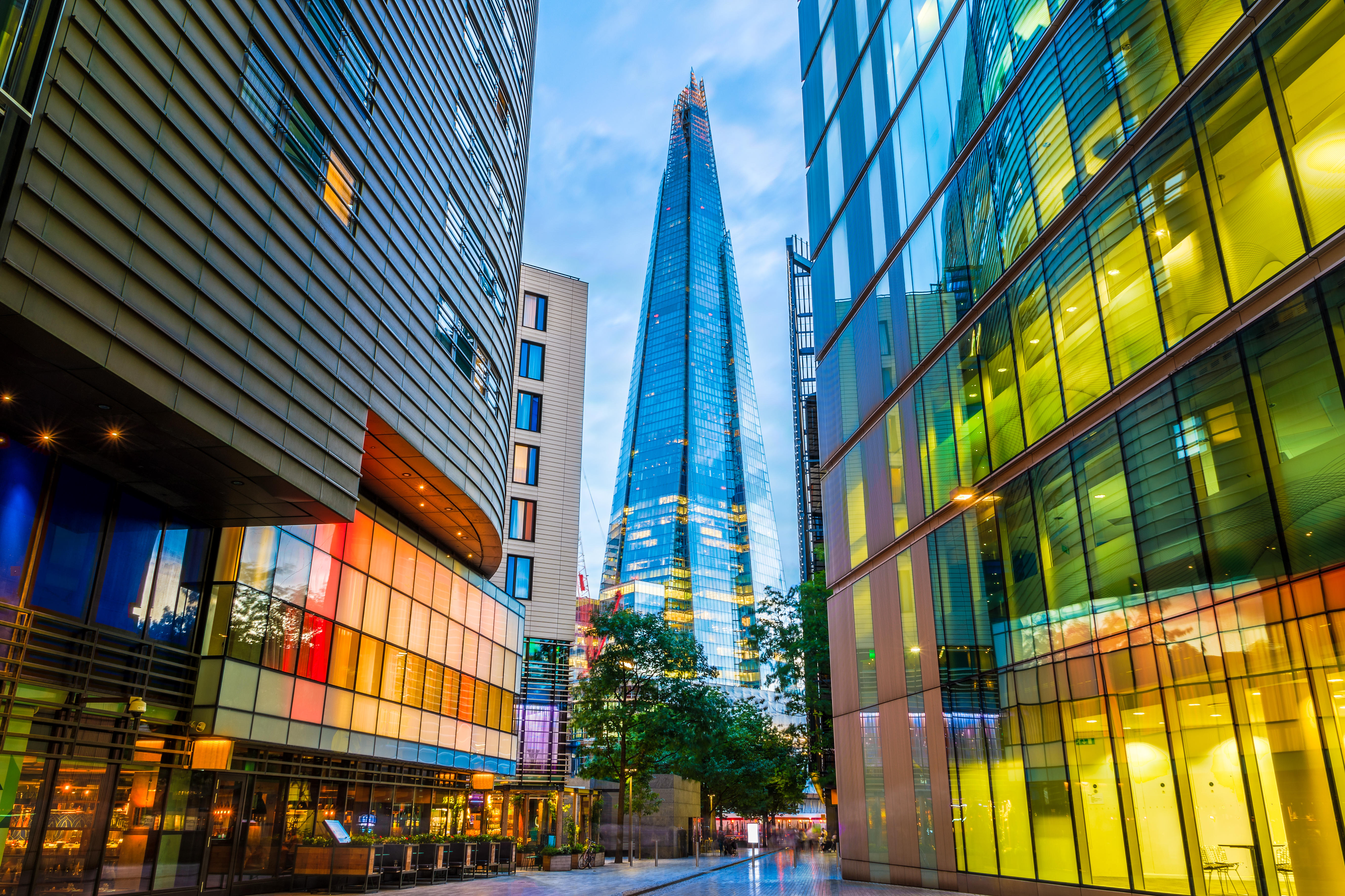
Find the right street and you can get a clear shot of The Shard through office buildings from the ground, including the hustle and bustle of city life. This shot taken on London Bridge Street which provides a perfect frame for the 310m tall landmark.
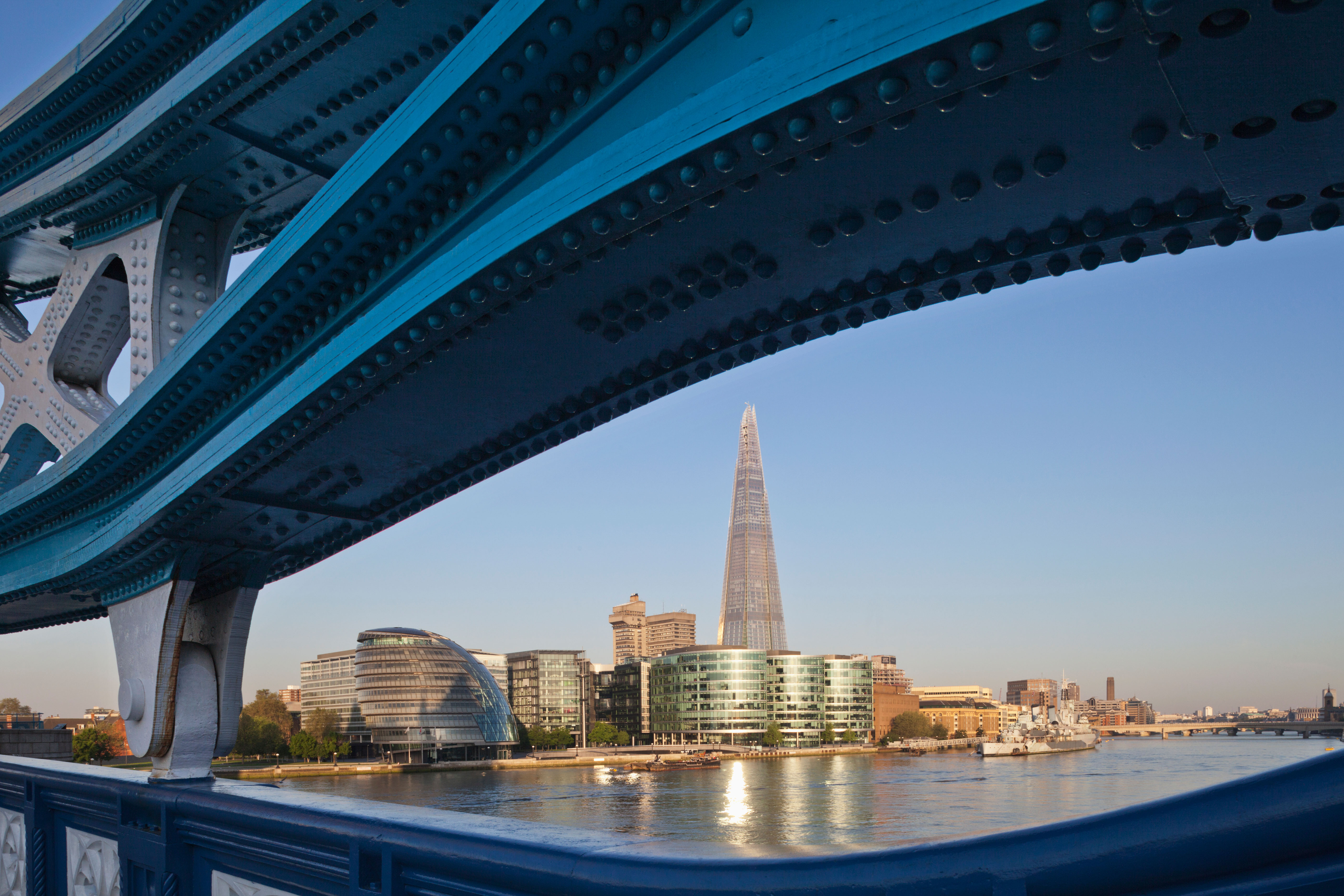
Why not use another landmark to frame the landmark you’re looking to photograph? The Shard is such an impressive building, that even when dwarfed by perspective it still stands out. This shot focuses on the Shard through part of Tower Bridge, taken while standing on Tower Bridge at dusk.
5. Tower Bridge, London
This iconic structure has survived two world wars, berthed some of the largest ships in the world and still to this day raises its bridges an average of 800 times per year with over 40,000 people crossing it daily. This unique bridge lends itself to some interesting photographs.
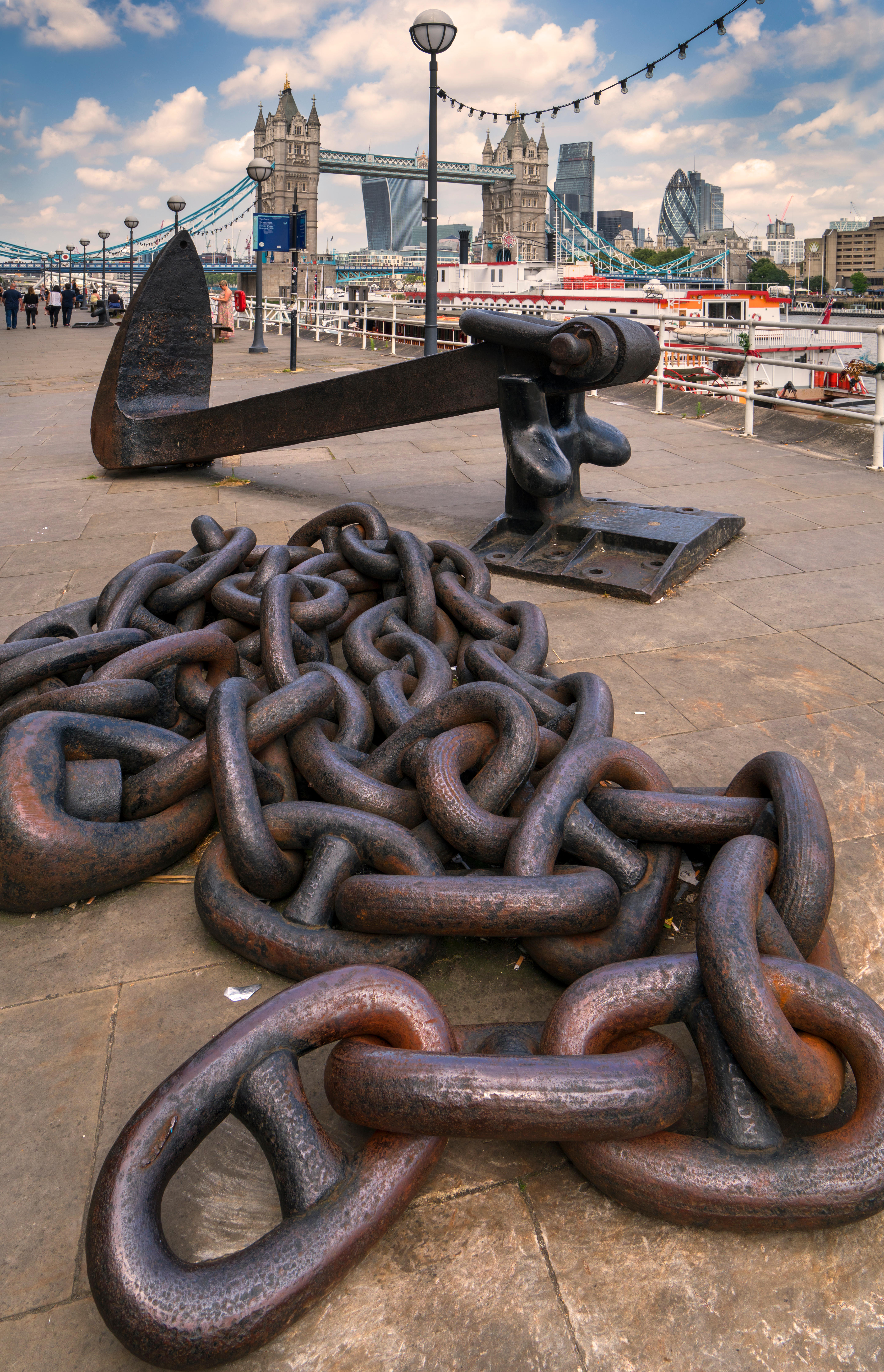
The banks of the Thames offer multiple opportunities to photograph Tower Bridge but the view from Butler’s Wharf is a winner for many reasons, as you can frame the likes of the Gherkin behind Tower Bridge, while also bringing in the likes of an anchor and chains into the foreground.
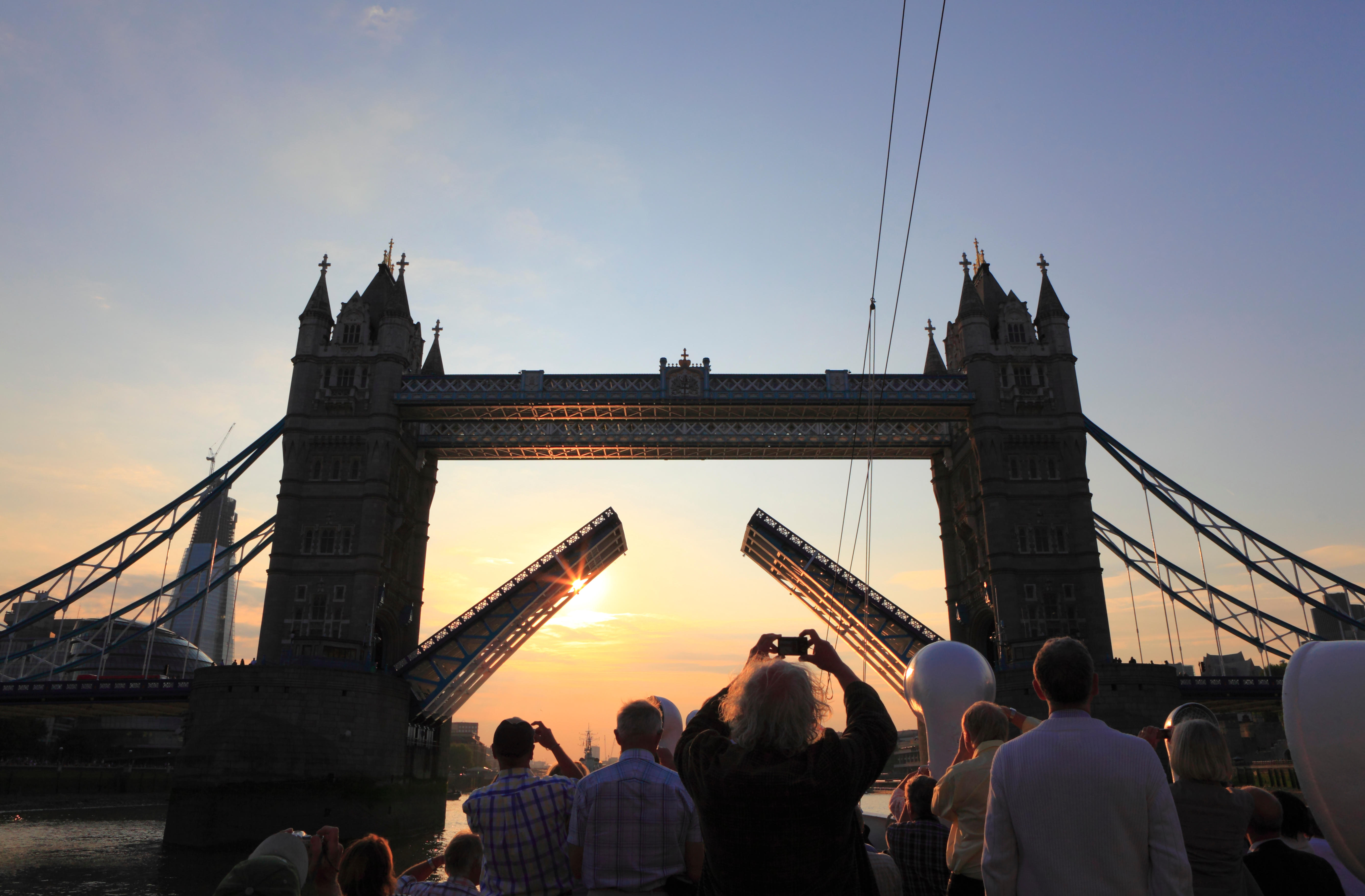
The beauty of capturing Tower Bridge is the ability to catch the bascules open for passing ships, making it look even more impressive. The bridge can raise up to ten times a day, and you can find out the lift times here. Bonus points if your vantage point is from the actual boat that’s passing through!
6. Edinburgh Castle, Edinburgh
This historic fortress was the inspiration for JK Rowling’s Hogwarts School in Harry Potter, and you can see why. Placed atop Castle Hill in Scotland’s capital, its elevation means you can capture it from all angles from many different spots in the city, but these are some of the more creative ways:
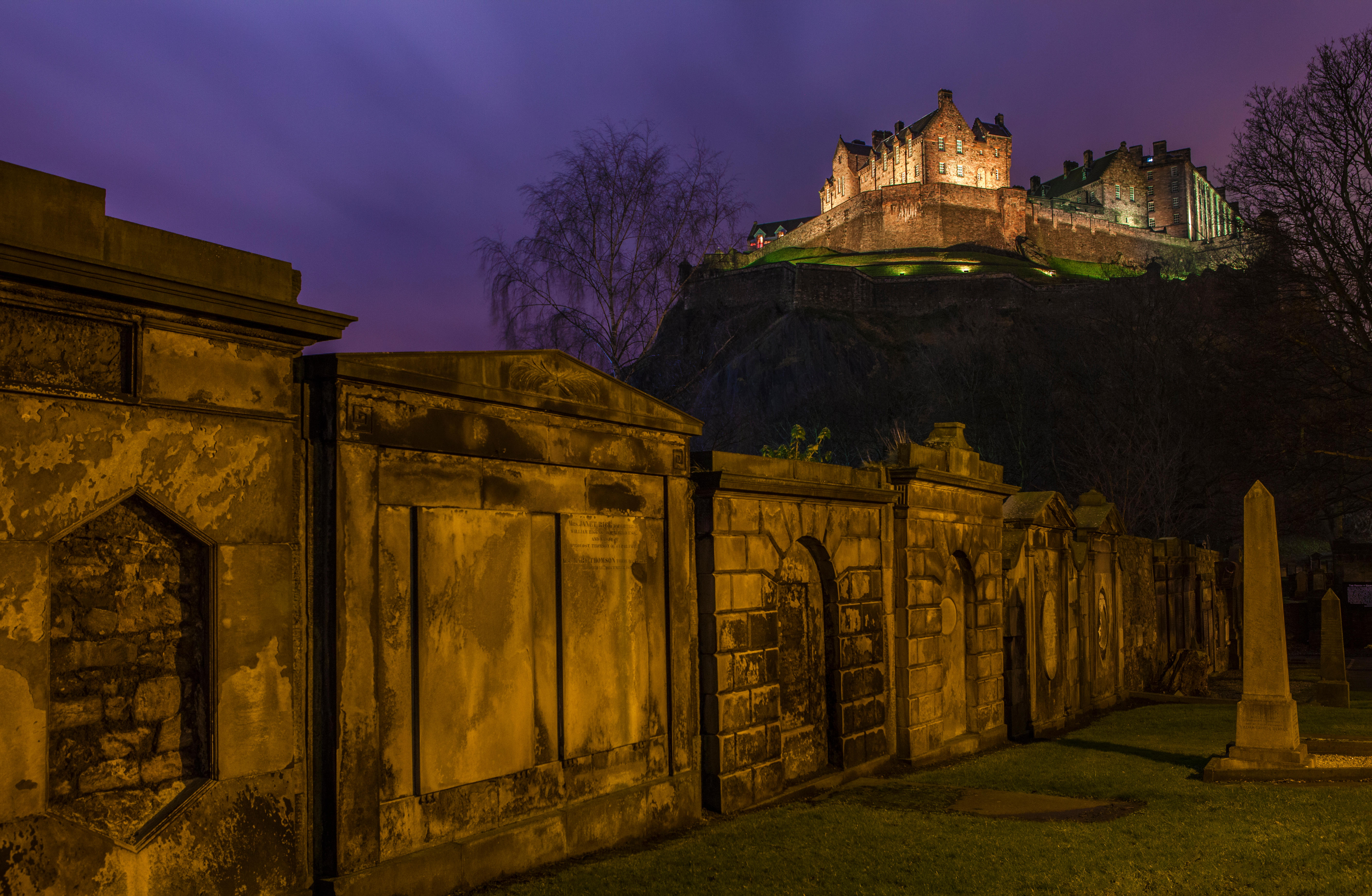
It may seem a little eerie, but this vantage point from the graveyard of St Cuthbert’s Church captures Edinburgh Castle in a new light, set against a shadowy foreground. This angle is best shot at night to take advantage of the atmospheric up-lighting of the castle.
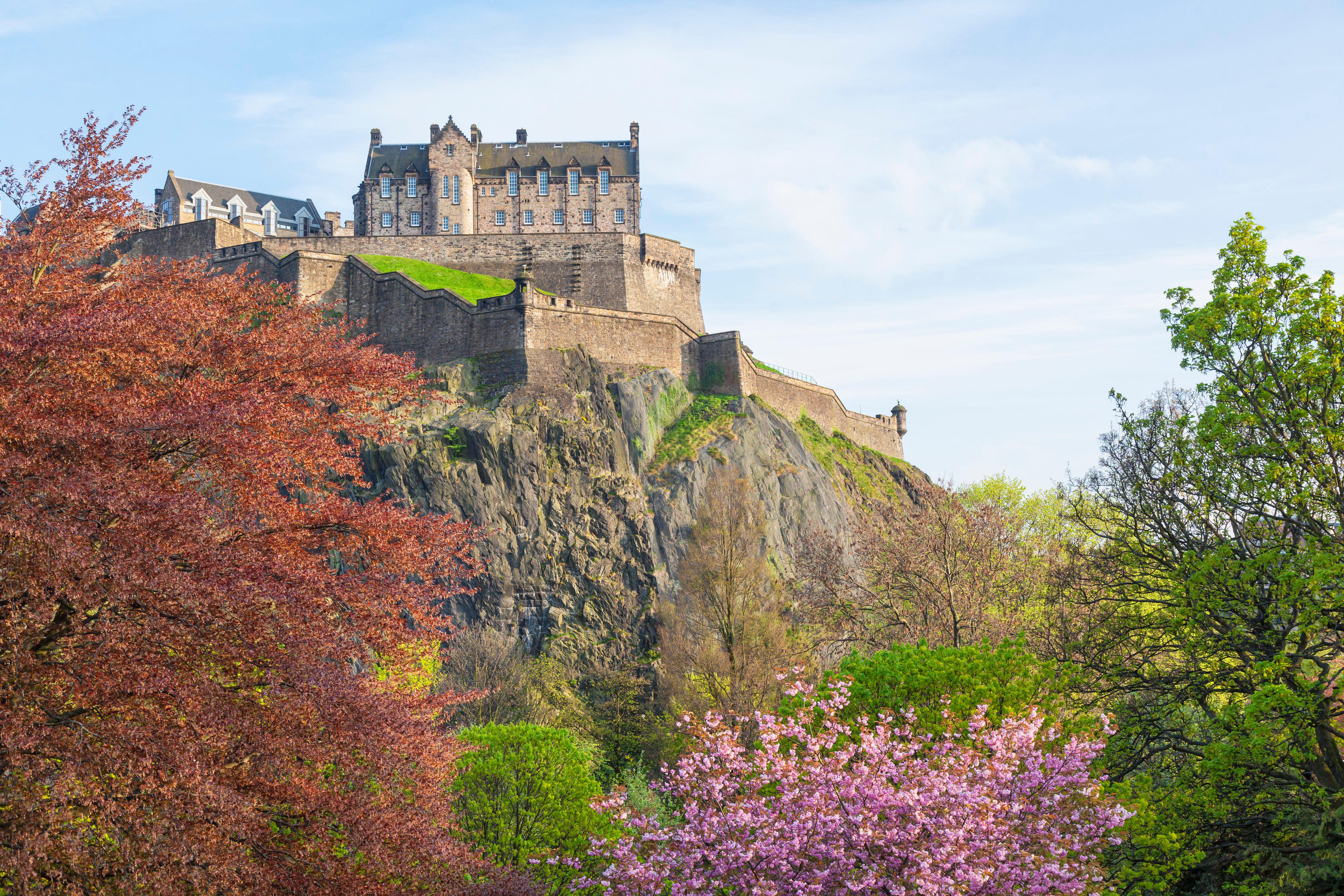
If you choose the right season to be in Princes Street Gardens, the foreground of your photo will feature an array of colourful plants, setting the scene for Edinburgh Castle in the background, including its impressive fortress.
7. Durdle Door, Dorset
One of Dorset’s most photographed landscapes, Durdle Door is part of the Jurassic Coast and cuts some unique shapes above the sea and coast line. The iconic stone arch was created when the sea pierced through the Portland limestone around 10,000 years ago, and is still a fascinating sight today.
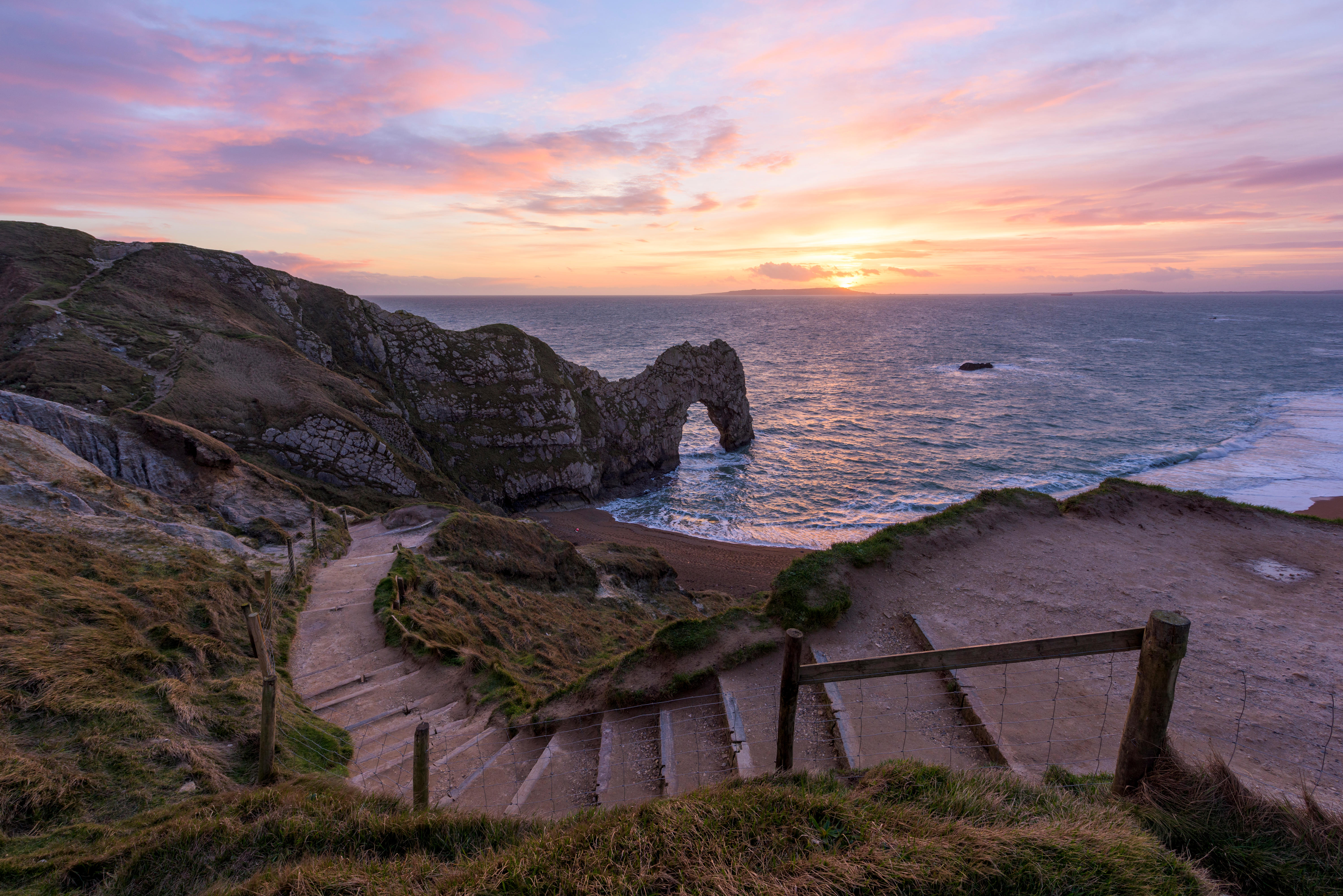
The majority of Durdle Door shots are from the bay, pinpointing the famous Jurassic cove, but actually stepping back up the steps and framing the shot with them leads the eye down and makes the most of the full bay and the archway, too.
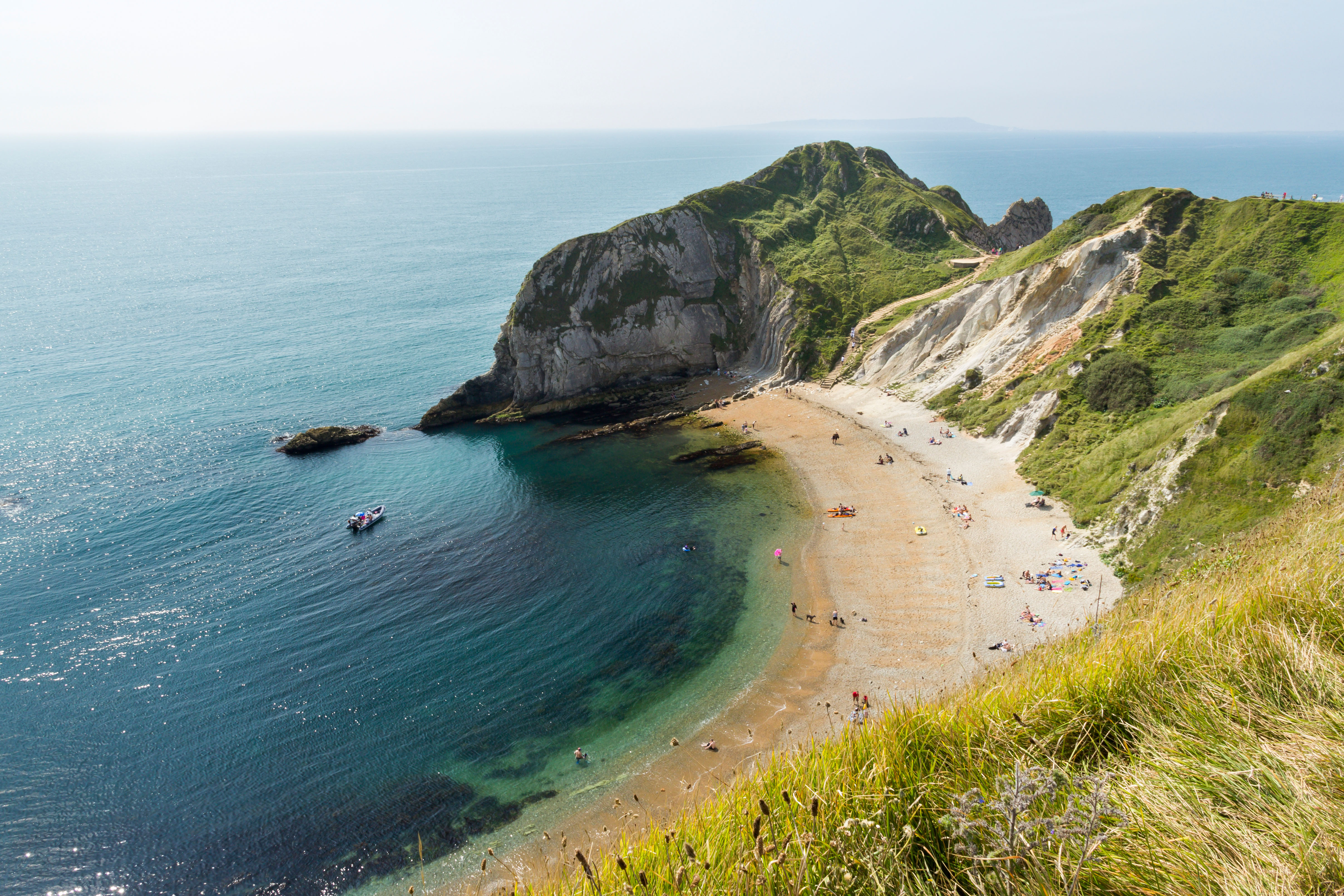
If you want to embrace a new view of Durdle Door, you can get a great shot from the other side – known as Man O’War Bay. This example frames the iconic stone archway at the back, and small rocky islets poking through the sea at the front.
8. St. Paul’s, London
A grade one listed building, St Paul’s Cathedral is so big it’s hard to capture a good picture of it from too close. You’re also unable to take any photographs from the inside, so these vantage points make sure you get its best angles nestled within its London home.

The composition you can create from this vantage point perfectly frames St. Paul’s, and the contrast of the modern buildings against the 1,400-year-old Anglican Cathedral is unique.
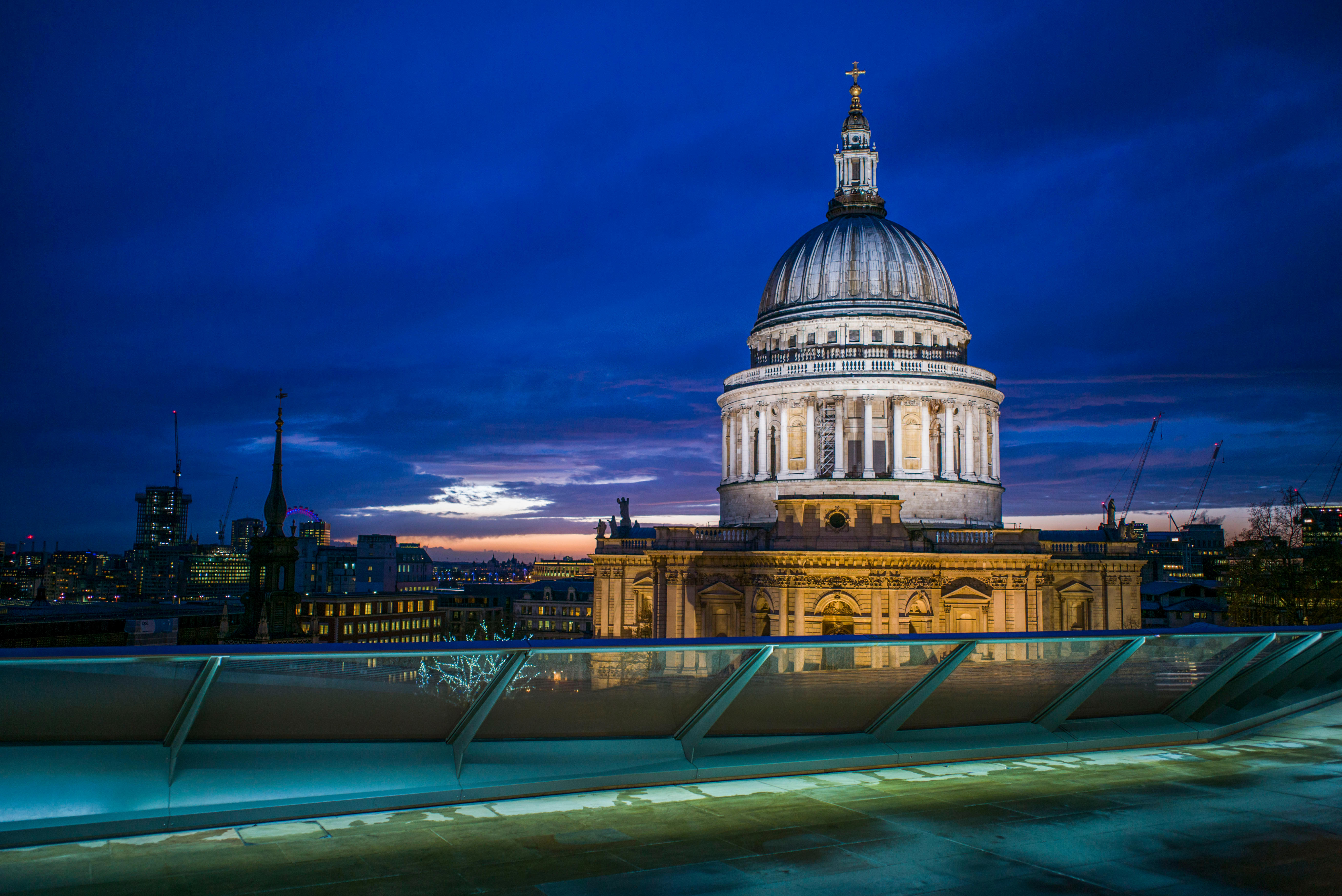
One New Change is a two-in-one when it comes to photographing St. Pauls, as the rooftop also offers another great angle of the Cathedral, especially in the evening.
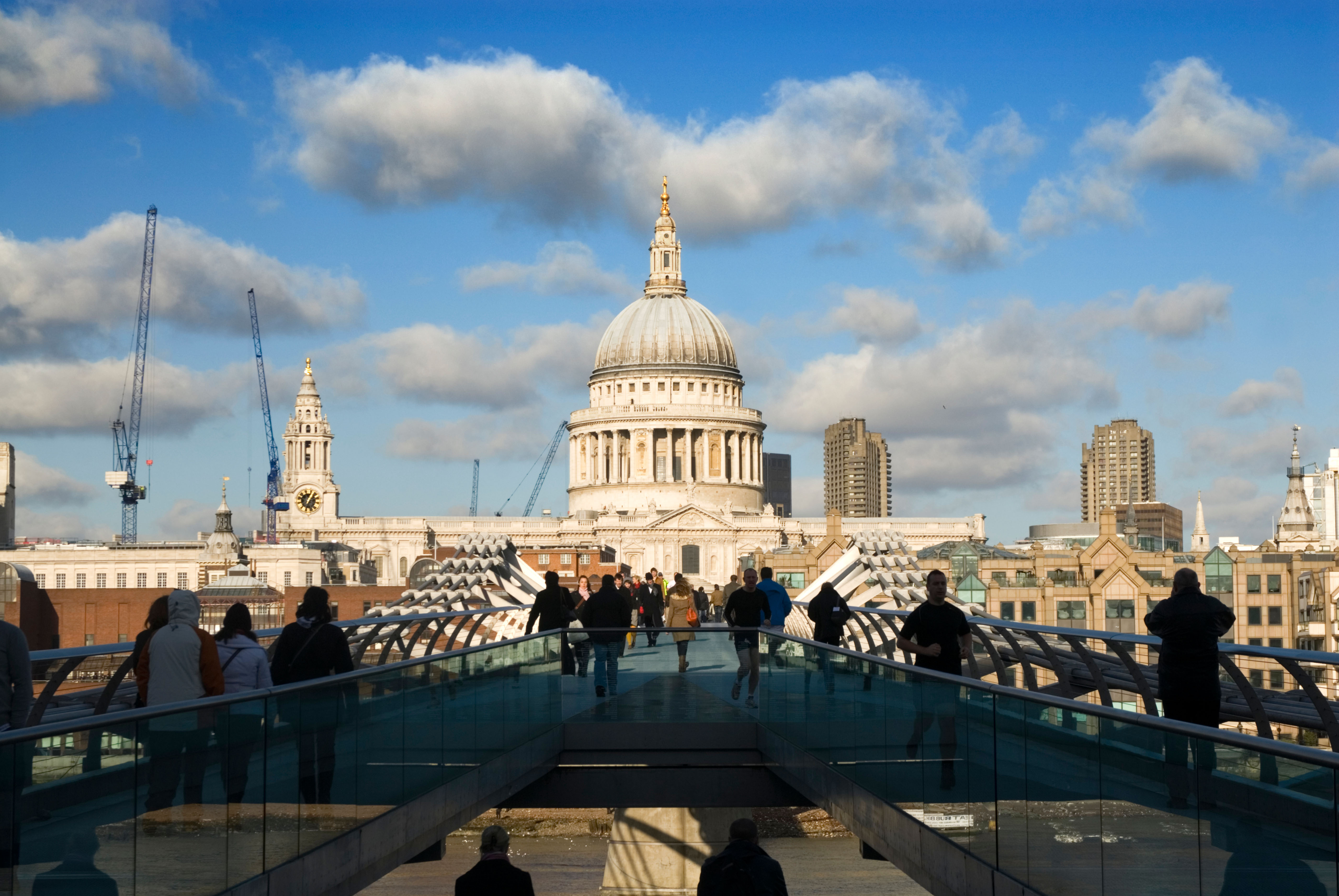
Creating a visual walkway right to St Paul’s slap bang in the centre, Millennium Bridge is where you will capture this view.
9. Big Ben, London
Big Ben actually refers to the largest bell within the clock, so when you’re shooting images of the 16th Century Gothic clocktower, you’re actually capturing ‘Elizabeth Tower’. Synonymous also with the Palace of Westminster which it’s attached to, here are two great vantage points to capture the tower in all of its glory – and without the scaffolding that is currently surrounding the famous London bell tower.
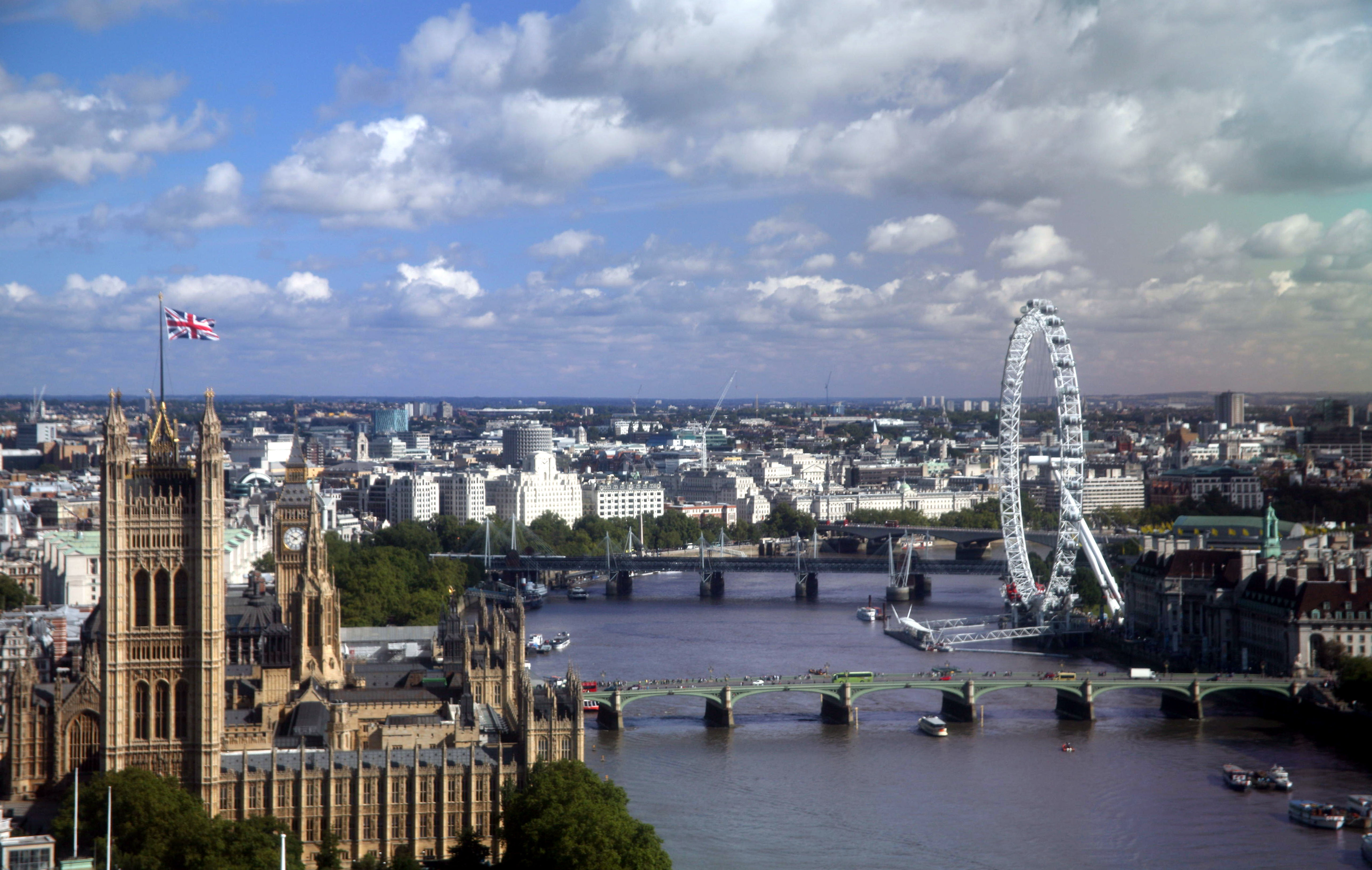
Climb up the sky-scraping Millbank Tower to get this fantastic view of London, and a unique vantage point for Big Ben and the Palace of Westminster.
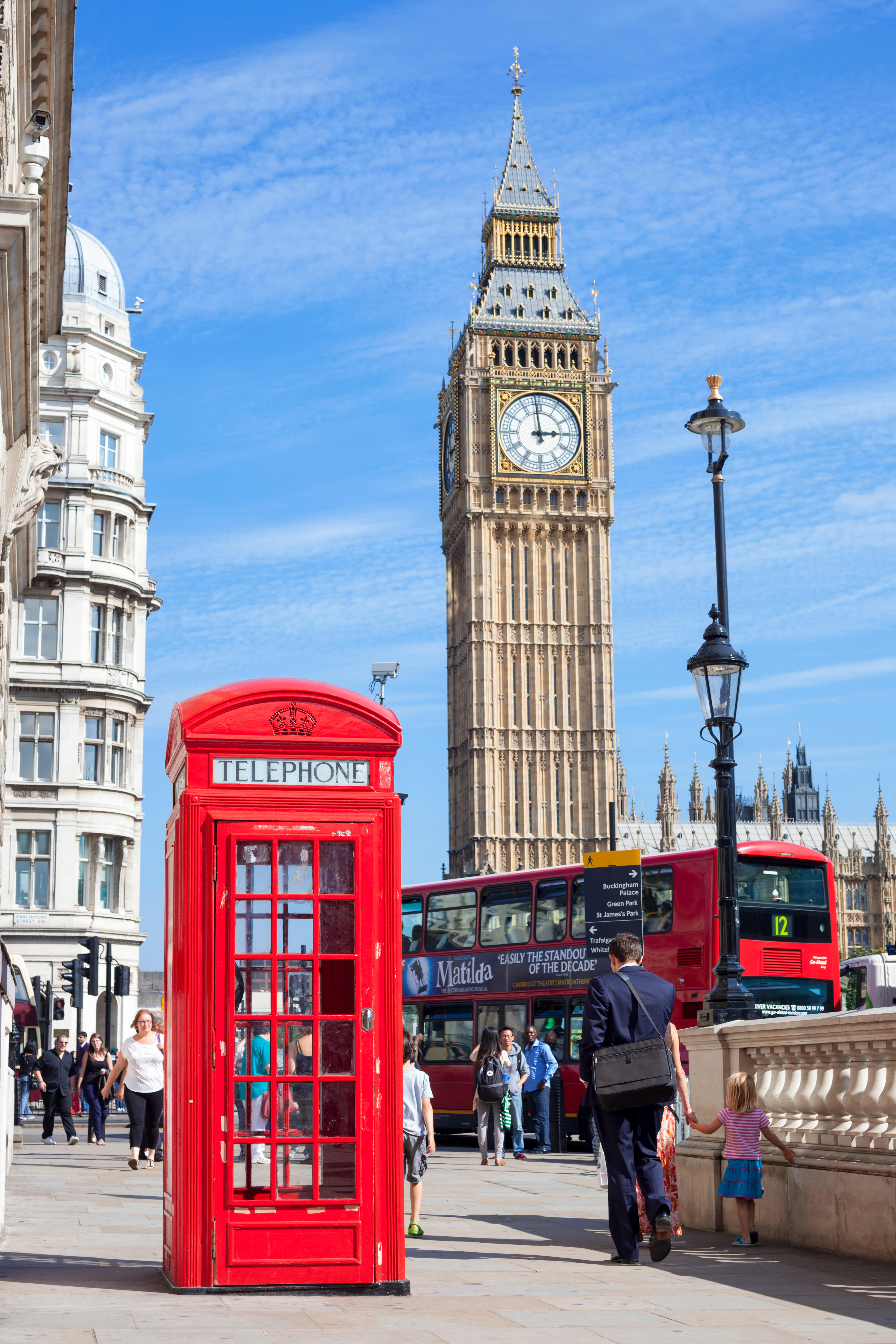
Aside from all the landmarks, another key part of London is its famous red phone boxes. You can capture the quintessential London photograph on Great George Street, by framing the street’s red phone boxes alongside the towering Big Ben.
10. The Blackpool Tower, Lancashire
Inspired by the Eiffel Tower in Paris, Blackpool Tower may only be half its height but it is still one of the most iconic coastal landmarks in the UK. On a clear day Blackpool Tower can even be seen from as far away as Wales and the Lake District, but here are some vantage points that are a bit closer to home:
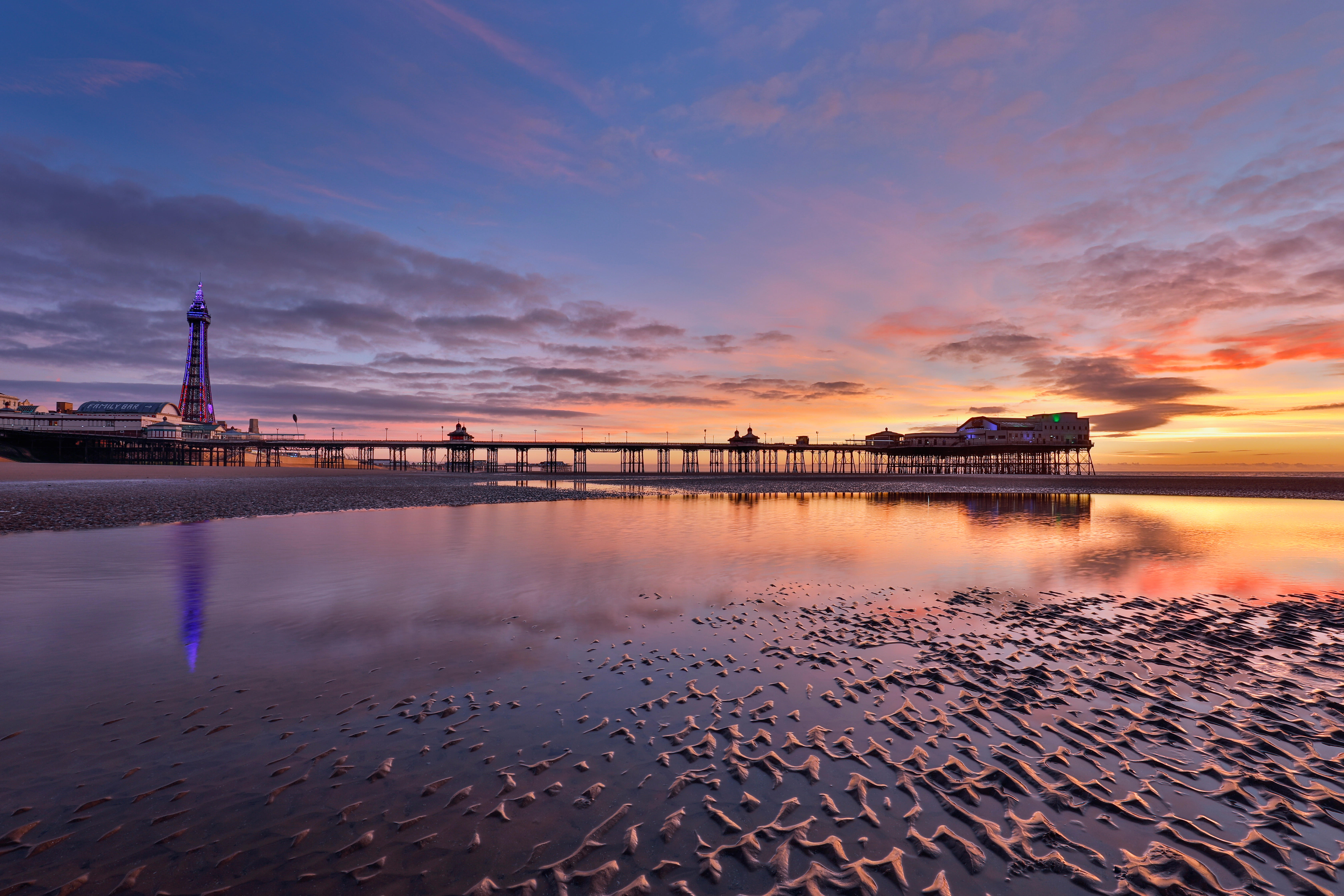
The famous seaside town not only houses Blackpool Tower, but a glorious sandy beach and a classic pier. This vantage point out on the shore at low tide means you can capture all three in one shot, and the reflection on the pools of water add depth.
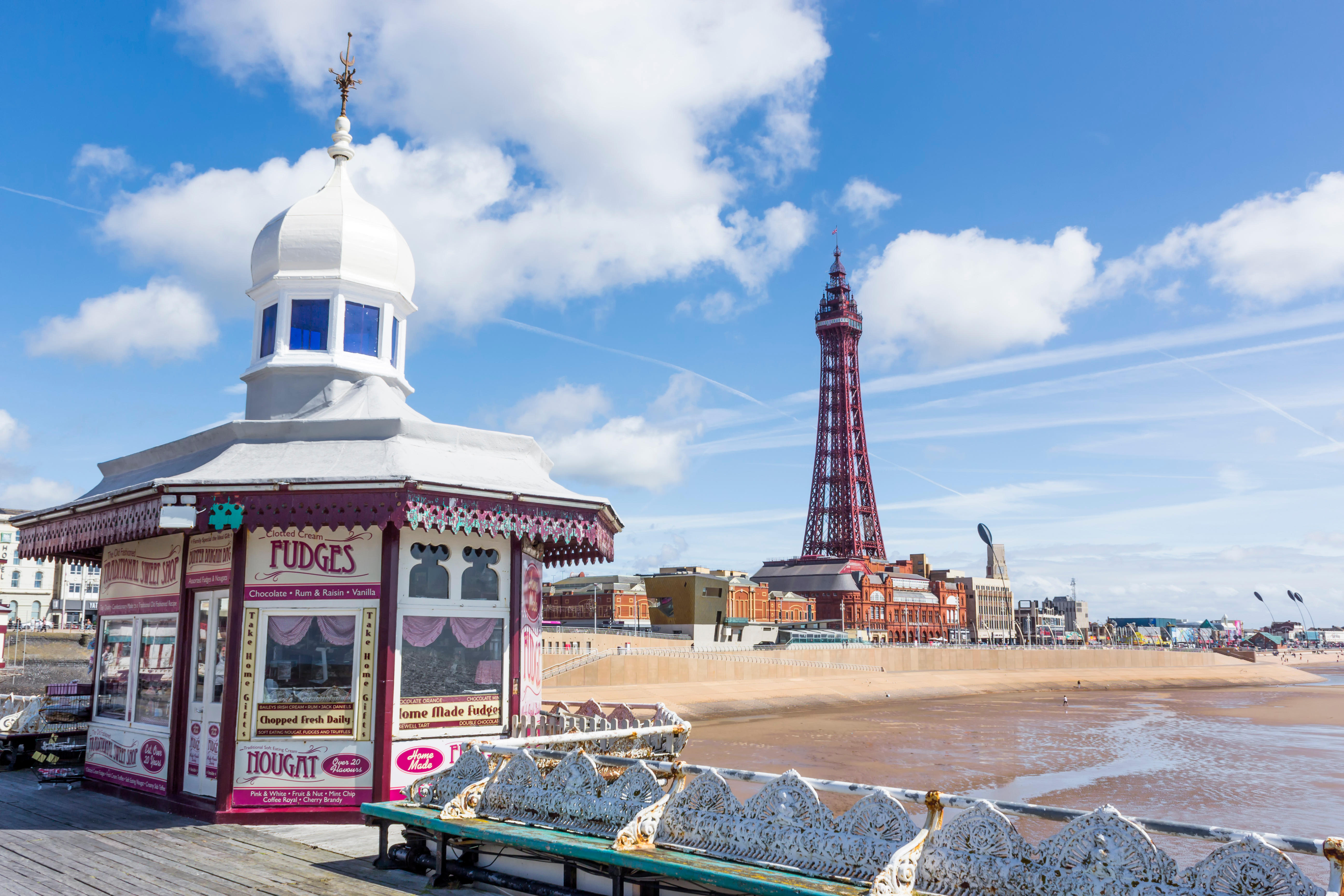
The North Pier dates back to 1863, making it 40 years older than Blackpool Tower and a great viewpoint to capture some of the traditional seaside town from far out into the sea, with the tower in the background.
11. Hadrian’s Wall, Northumberland
This 73-mile wall stretches from the east to the west coast of England, and would take over a week to walk. But with some inspiring historical points along the way, you can focus on a small area to get the perfect shot without having to tackle the whole distance!

Stepping back to include as much of Hadrian’s Wall as possible definitely yields the best shots. Taking a photo from the Housestead Roman Fort (the best-preserved fort in the country) allows the frame to show the winding wall as well as its untouched surroundings.
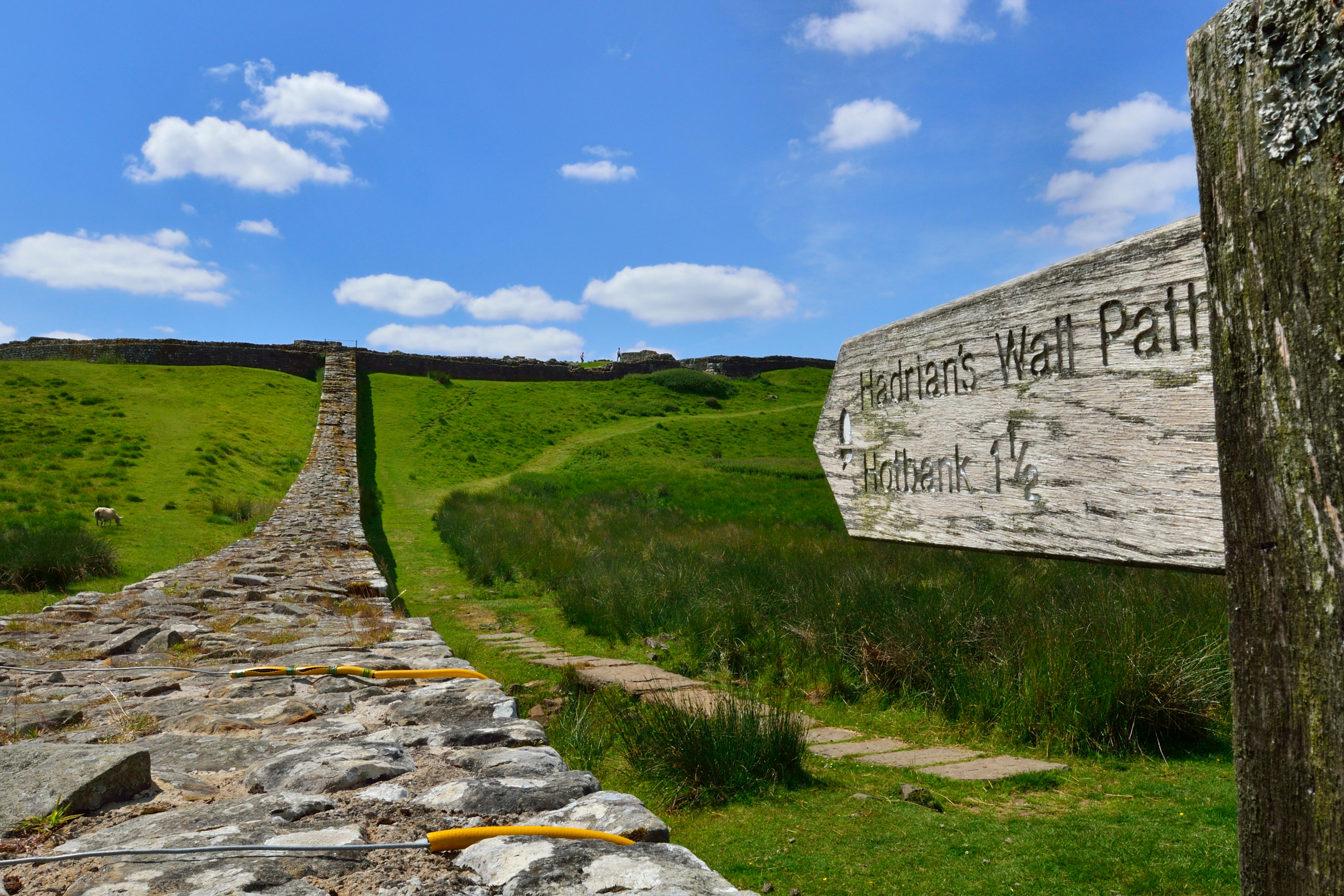
Utilising the signage around Hadrian’s Wall creates an ideal focal point and gives the wall an interesting perspective. This image leads the eye off into the distance and beyond the blue sky.
12. Piccadilly Circus, London
This city hub looks its best at night, but the curving wall of bright lights can make it a tricky landmark to fit in and photograph. Here are some tips and places to try and get the best from it:
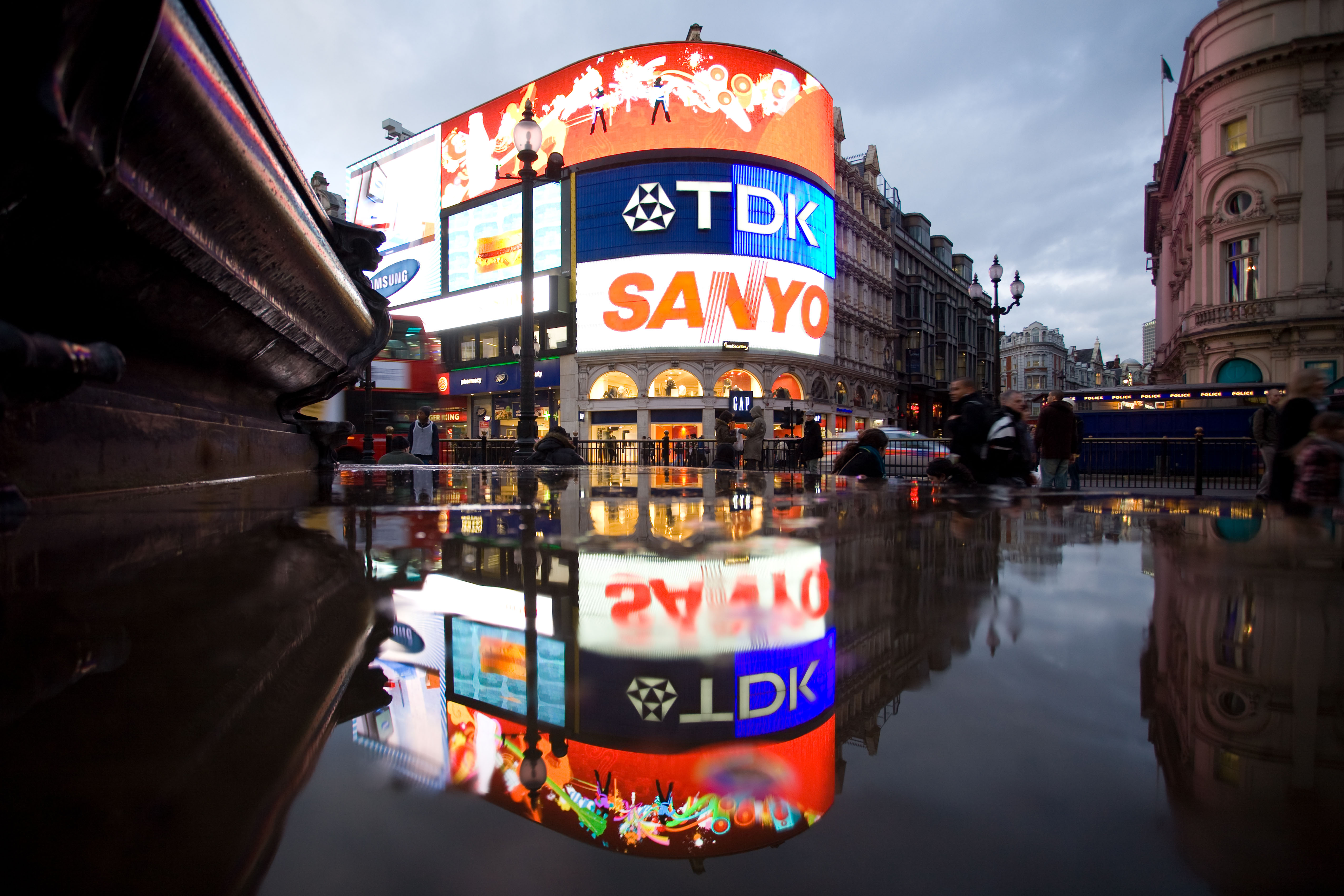
You can’t magic up the rain, but if you happen upon a wet evening in London, then the reflection of Piccadilly Circus in a puddle creates crystal clear reflections. Taking the shot from ground level also means you can include more in the scene.
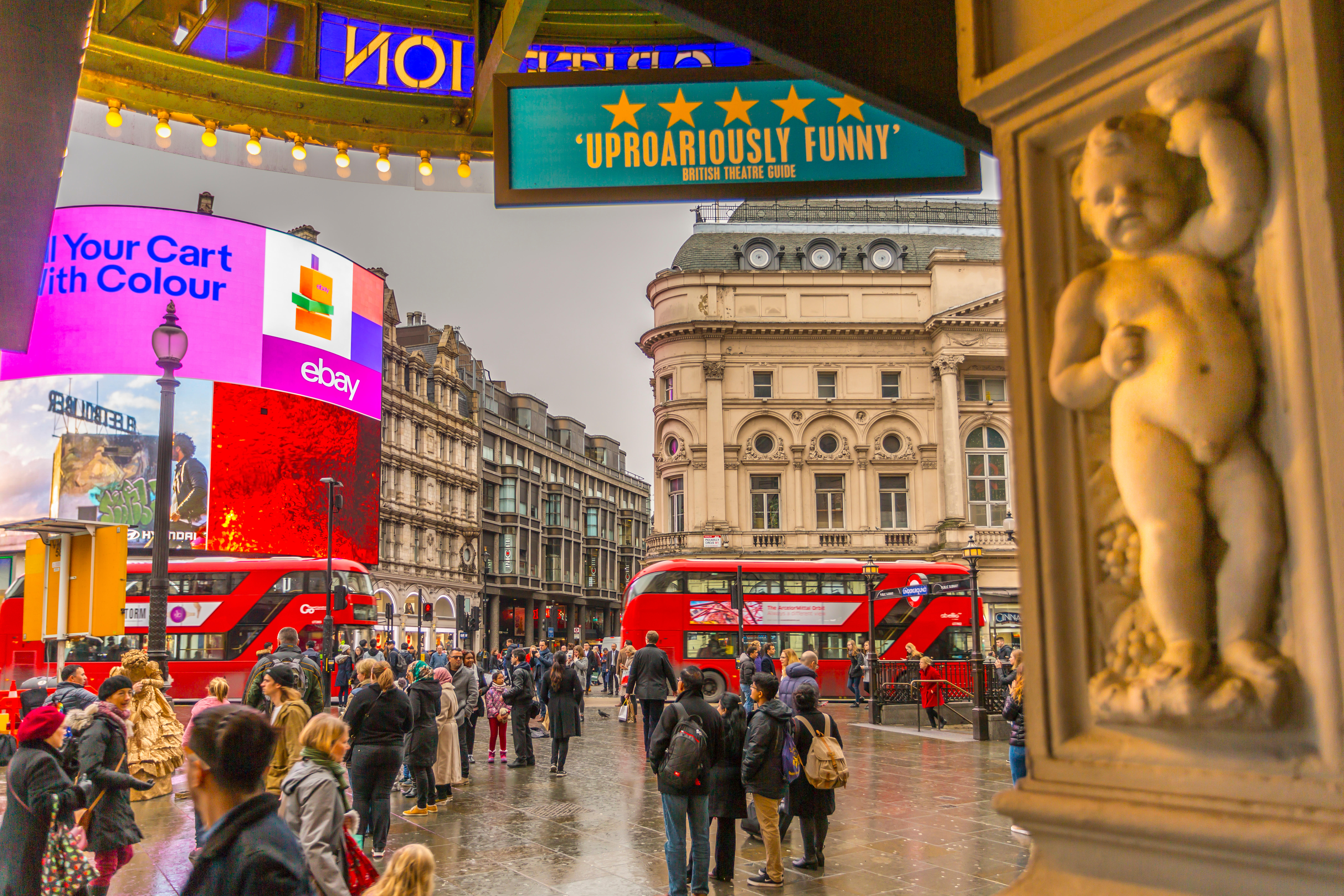
Snapping Piccadilly Circus from inside the entrance to the Criterion Theatre captures all the hustle and bustle as well as the bright lights, and is a good position for a day-time shot. This is a classic example of a less obvious place to take a photo, that includes all the best elements of Piccadilly Circus.
13. The Bullring, Birmingham
Birmingham’s iconic shopping centre is extremely distinctive, so the photography possibilities are vast.
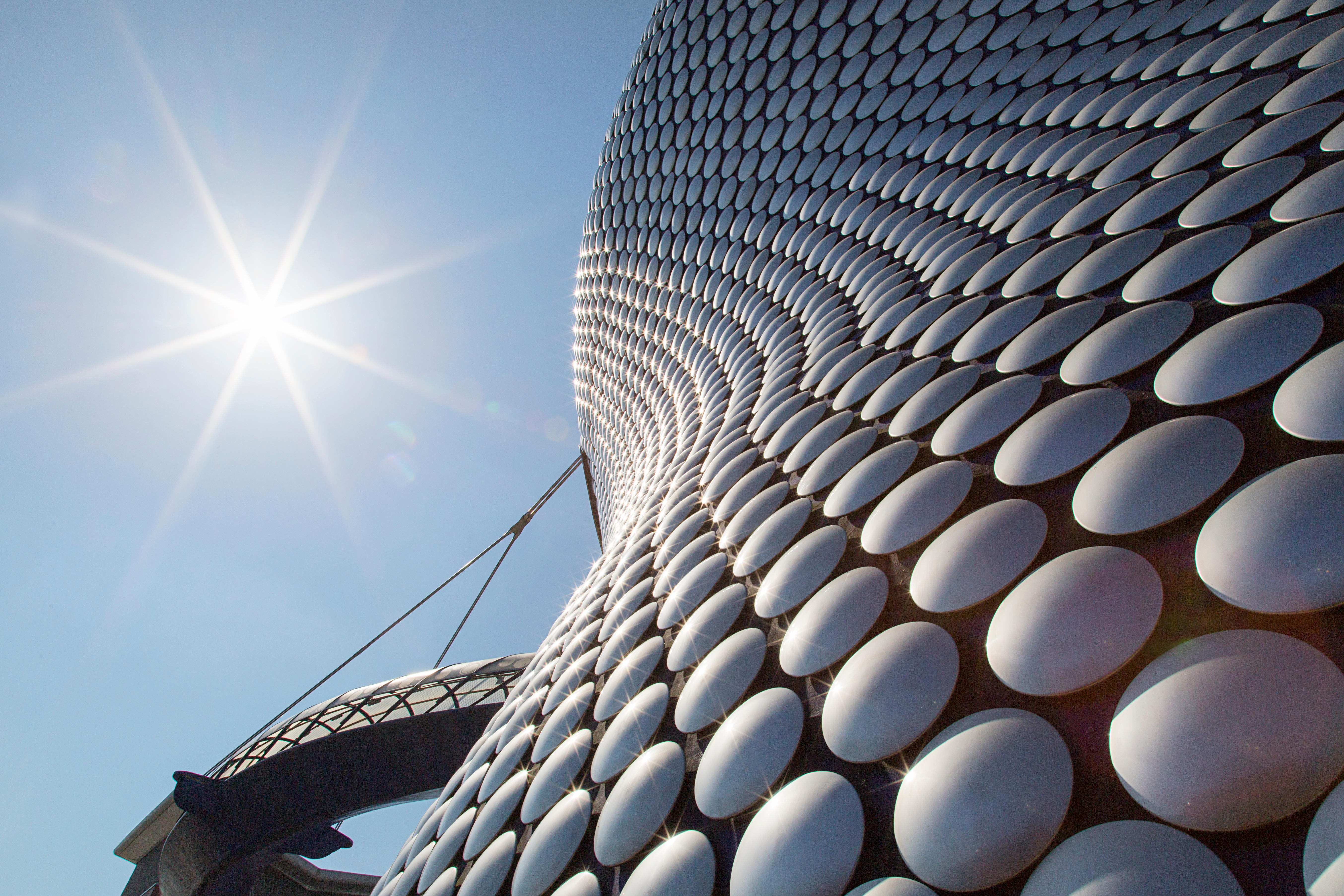
Inspired by a Paco Rabanne sequinned dress, the Selfridges store is clad in 15,000 aluminium discs and makes for some intriguing photo opportunities. This shot only shows one side of the building, taken from the ground up, just touches on a small section of the surface but is instantly recognisable.
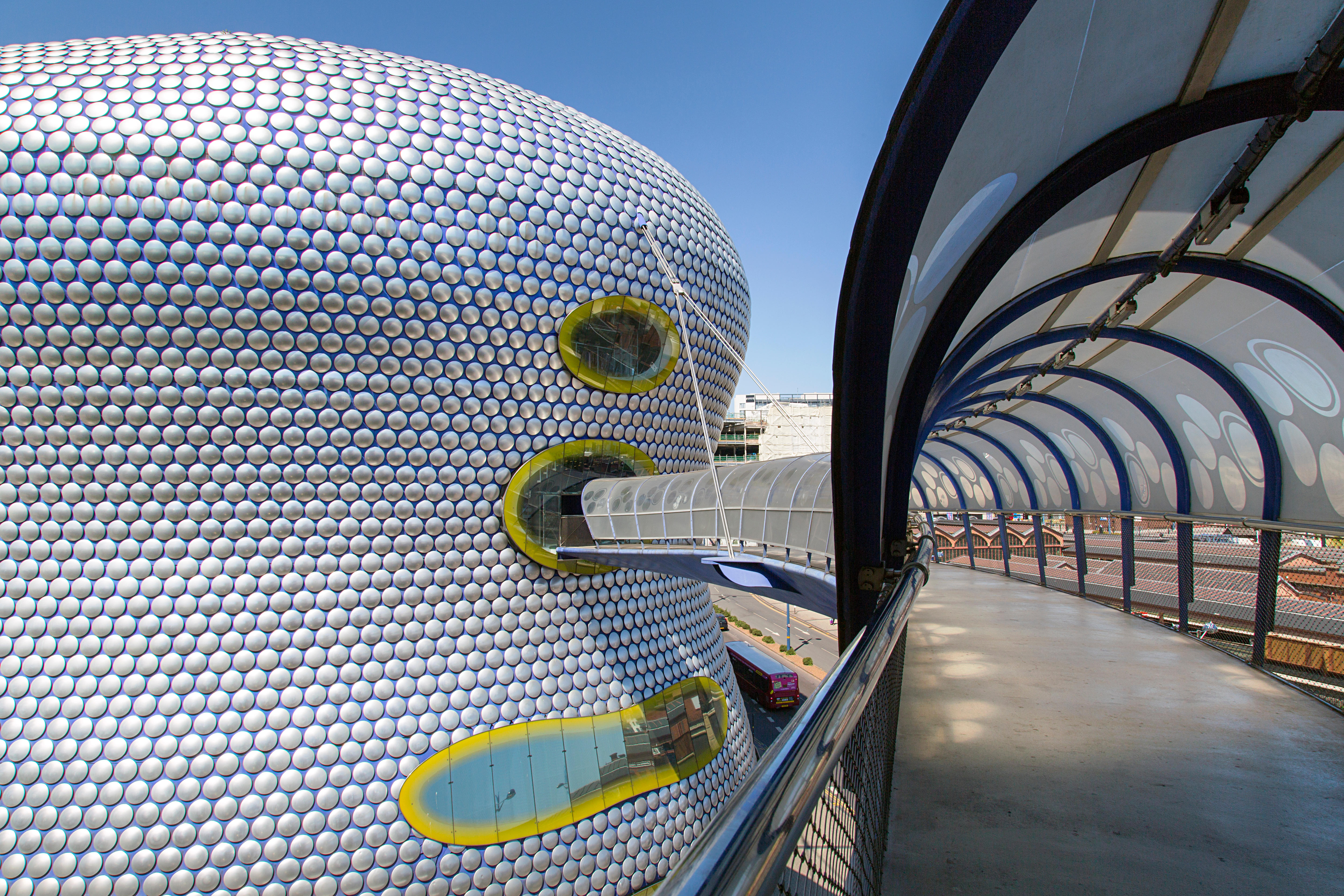
It’s maybe not the first place you’d expect to take a great photo, but the carpark of the Bullring shopping centre is so futuristic it’s definitely one to head to for a space-age shot.
14. Angel of the North, Gateshead
A fantastic piece of engineering as well as art, this larger than life sculpture stands at 20 metres tall and 54 metres wide. It’s tricky to name specific vantage points as it’s surrounded by fields for miles, so it’s more about the angles when it comes to capturing the perfect photo.
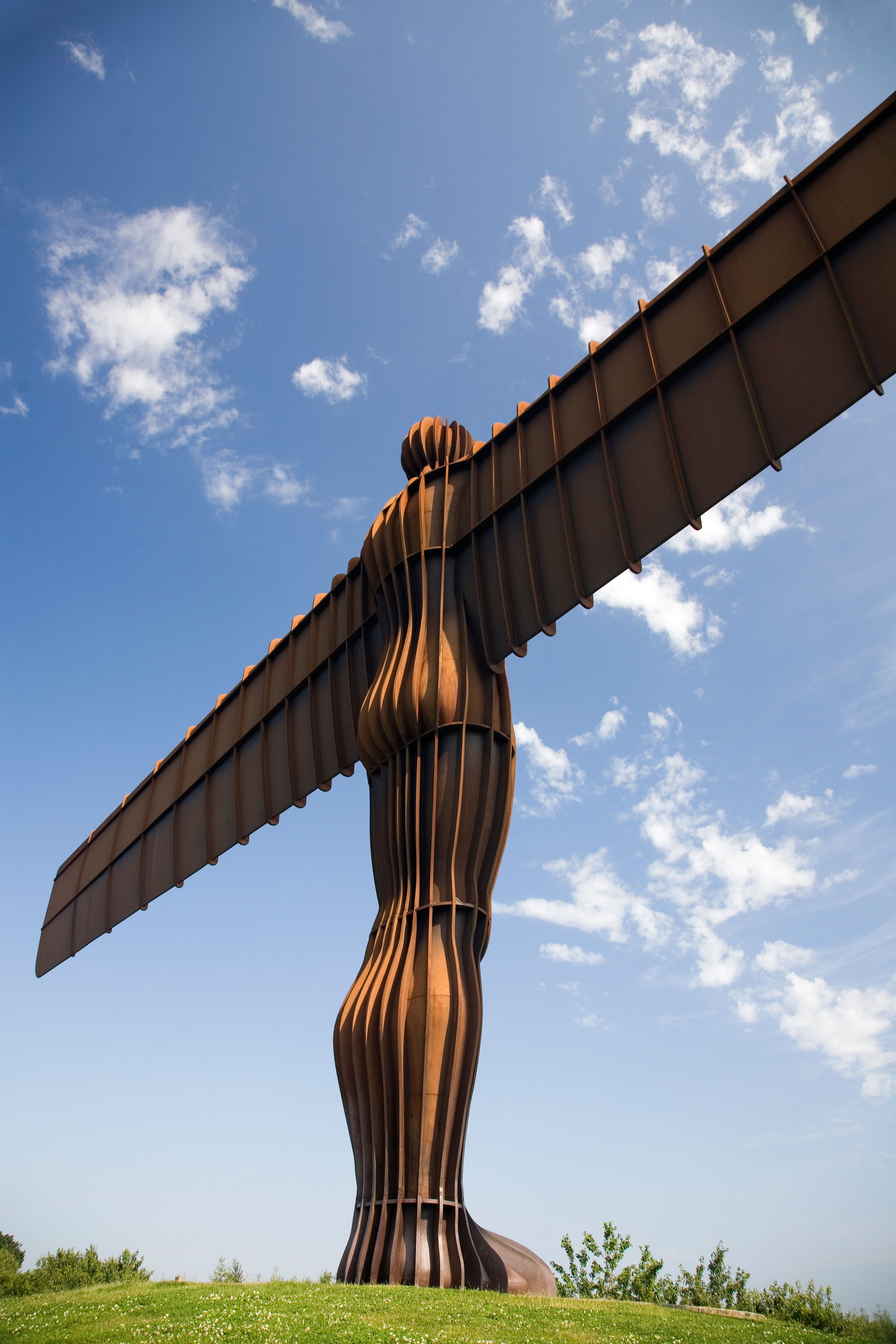
With Angel of the North being such a huge landmark within a vast expanse of fields, it can be hard to capture a unique view. This shot taken from behind the sculpture and from the ground up shows off the striations of the body thanks to some strategic sunlight. Move around the sculpture to make the most of the natural light.
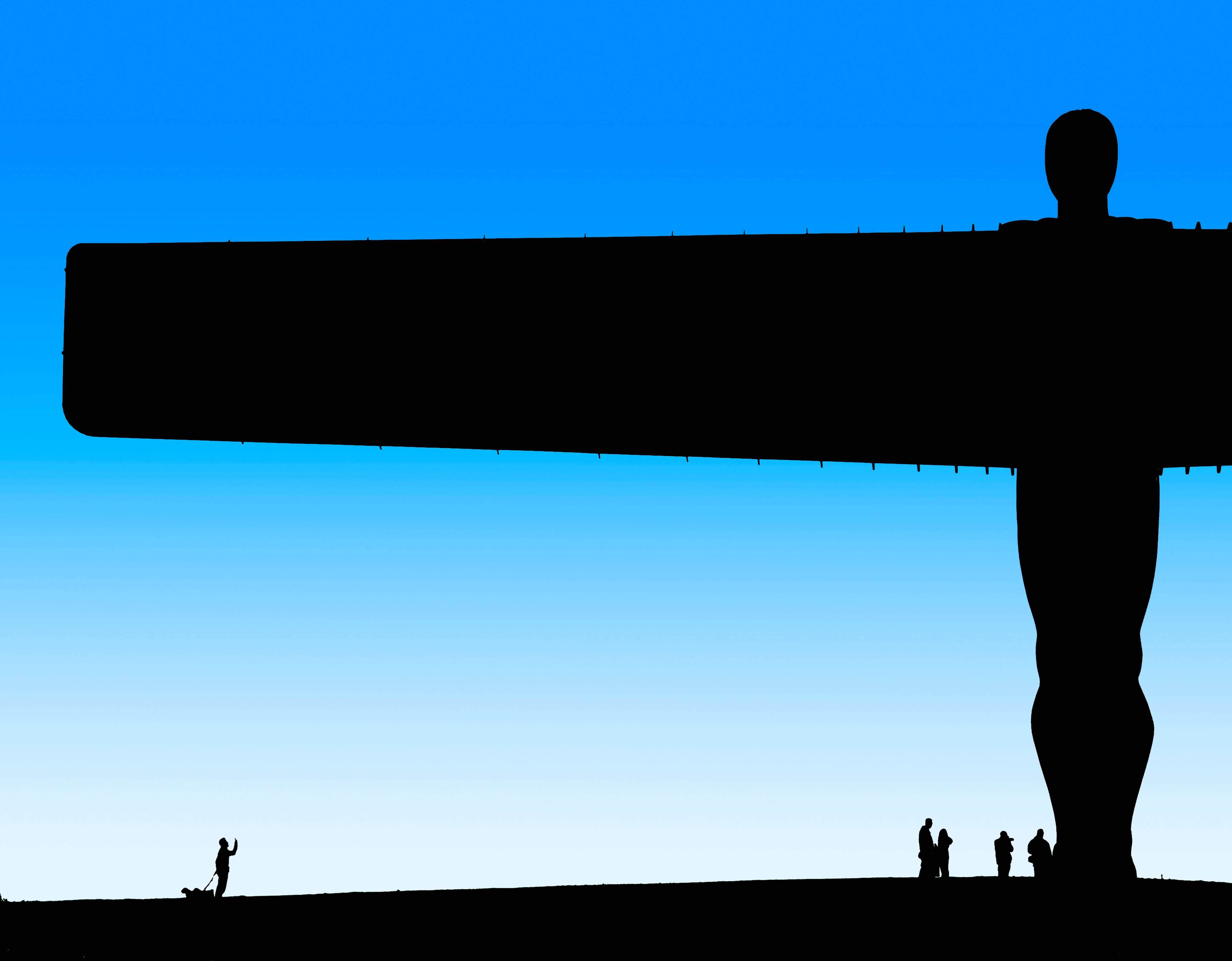
The sheer size of the sculpture doesn’t truly come to life in a picture without a bit of perspective. Similar to capturing the scale of Stonehenge, if you can stand back and capture some people in the shot it will relay her magnitude. Plus, with most landmarks being busy with tourists, you can actually use them to your advantage, rather than waiting it out for a clear moment to take your picture.
15. Arthur’s Seat, Edinburgh
Arthur’s Seat, an extinct volcano just outside of the hustle and bustle of Edinburgh city centre is regarded as the best viewpoint of the city, however is a landmark in its own right and deserves to be the subject of great photo.
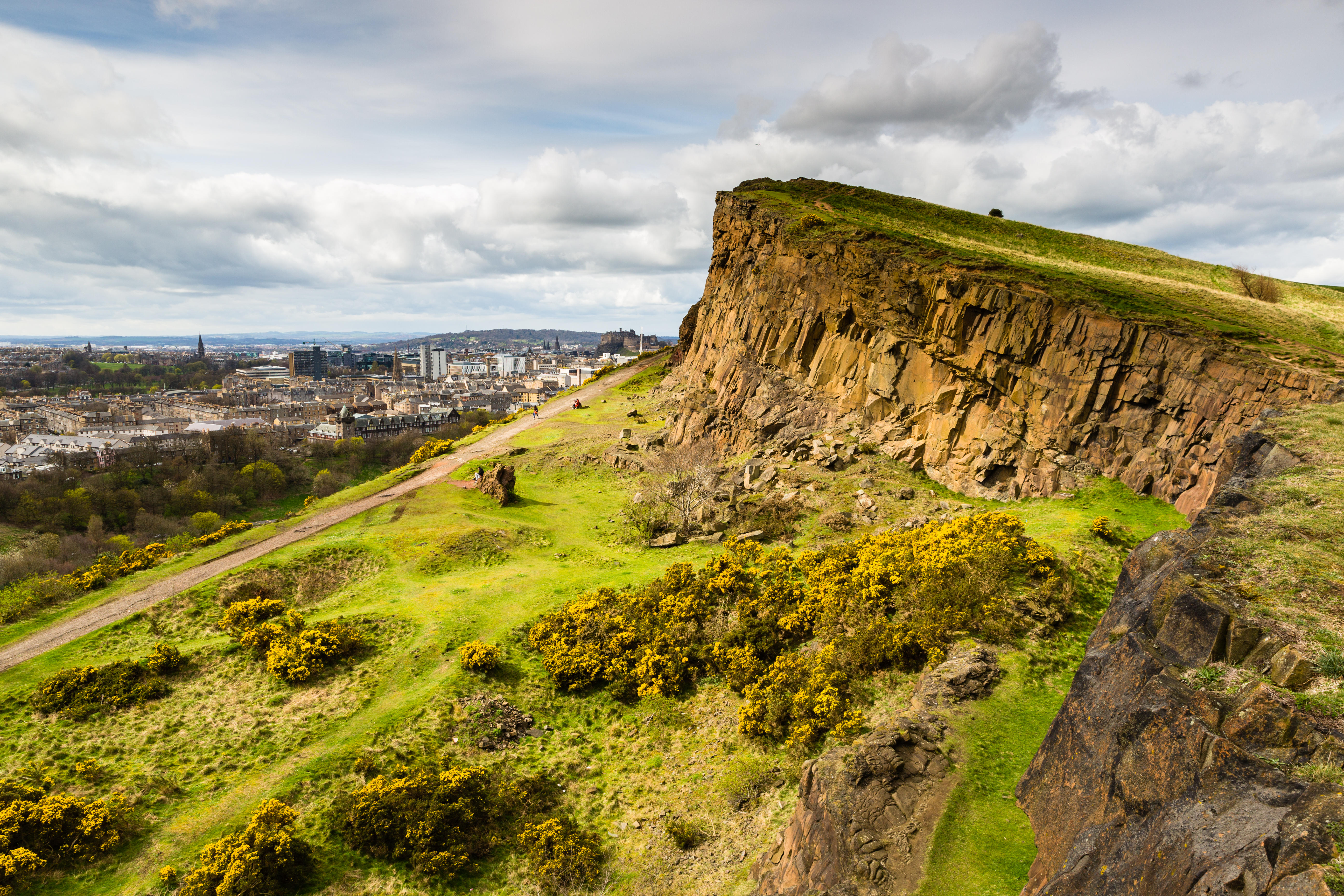
Arthur’s Seat is actually the main peak inside a green area called Holyrood Park, which is also the best place to photograph it. On the approach to the tip of Arthur’s Seat, you’ll be elevated enough to capture the natural curve of the ‘seat’ as it protrudes outwards towards the city, which can be framed in the background. In one photo you’ll have the green of Arthur’s Seat, and the sprawling city of Edinburgh.

Read more:
• Locations for photographers:
the best places for photography around the world
• The 11 best landscape locations for photographers in the UK
• 147 photography tips and tricks for taking pictures of anything
The sister print publication to this website, Digital Camera Magazine is Britain's best-selling photography publication – and it can also be purchased outside the United Kingdom as Digital Camera World.
Digital Camera Magazine is packed with more expert advice and more inspirational images than any other title, with the sole aim of helping you become a better photographer. Every issue we also bring you a selection of great gifts which are designed to help you get more from your photography – everything from tips cards and cheat sheets to free software and bookazines.
In addition to inspirational images, interviews, projects, mini tests and tutorials, each issue is packed with news, reviews and comparisons, as well as photographer vs photographer shootouts and head-to-head challenges using the best photo editing software.
The magazine is captained by Editor Niall Hampton.

